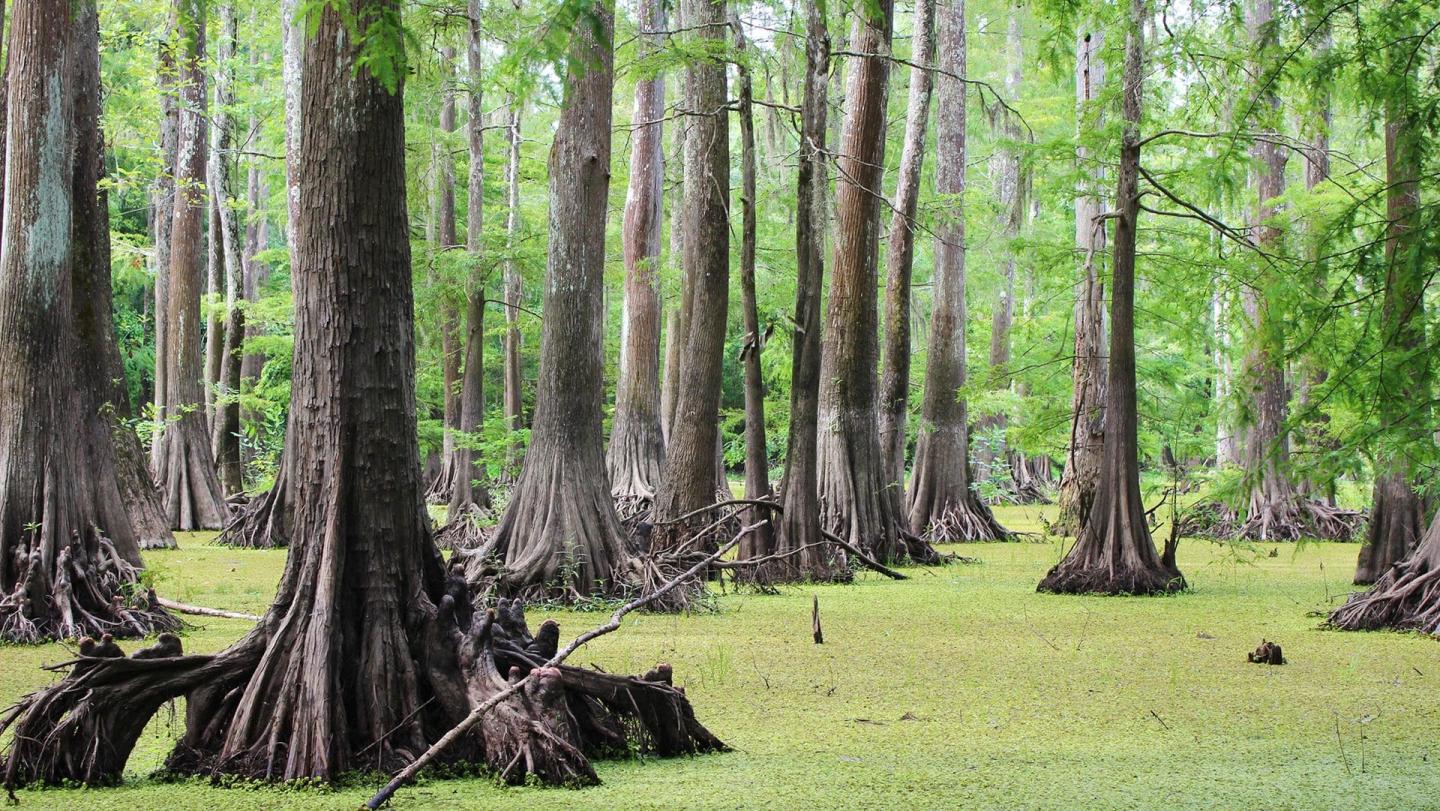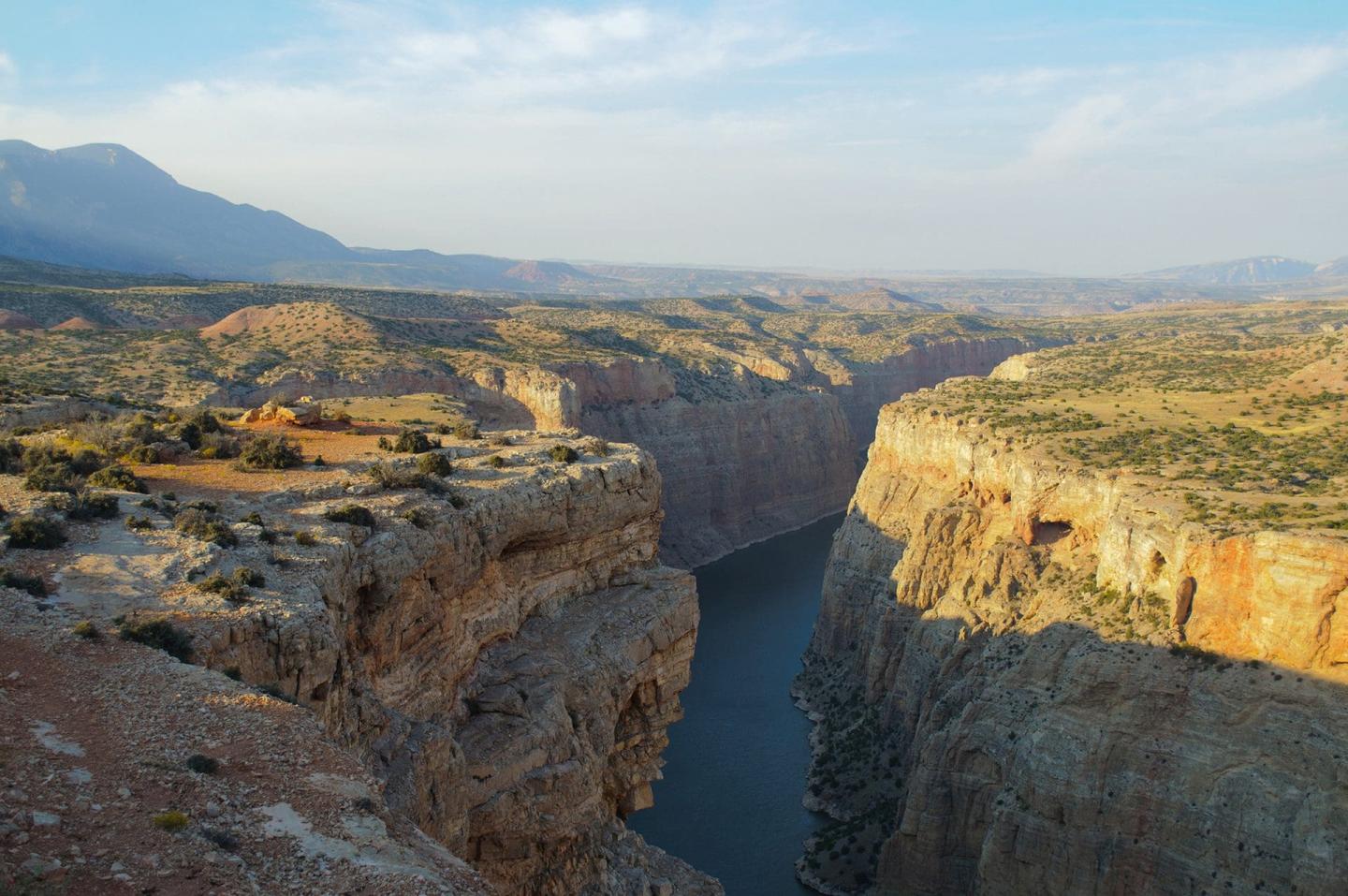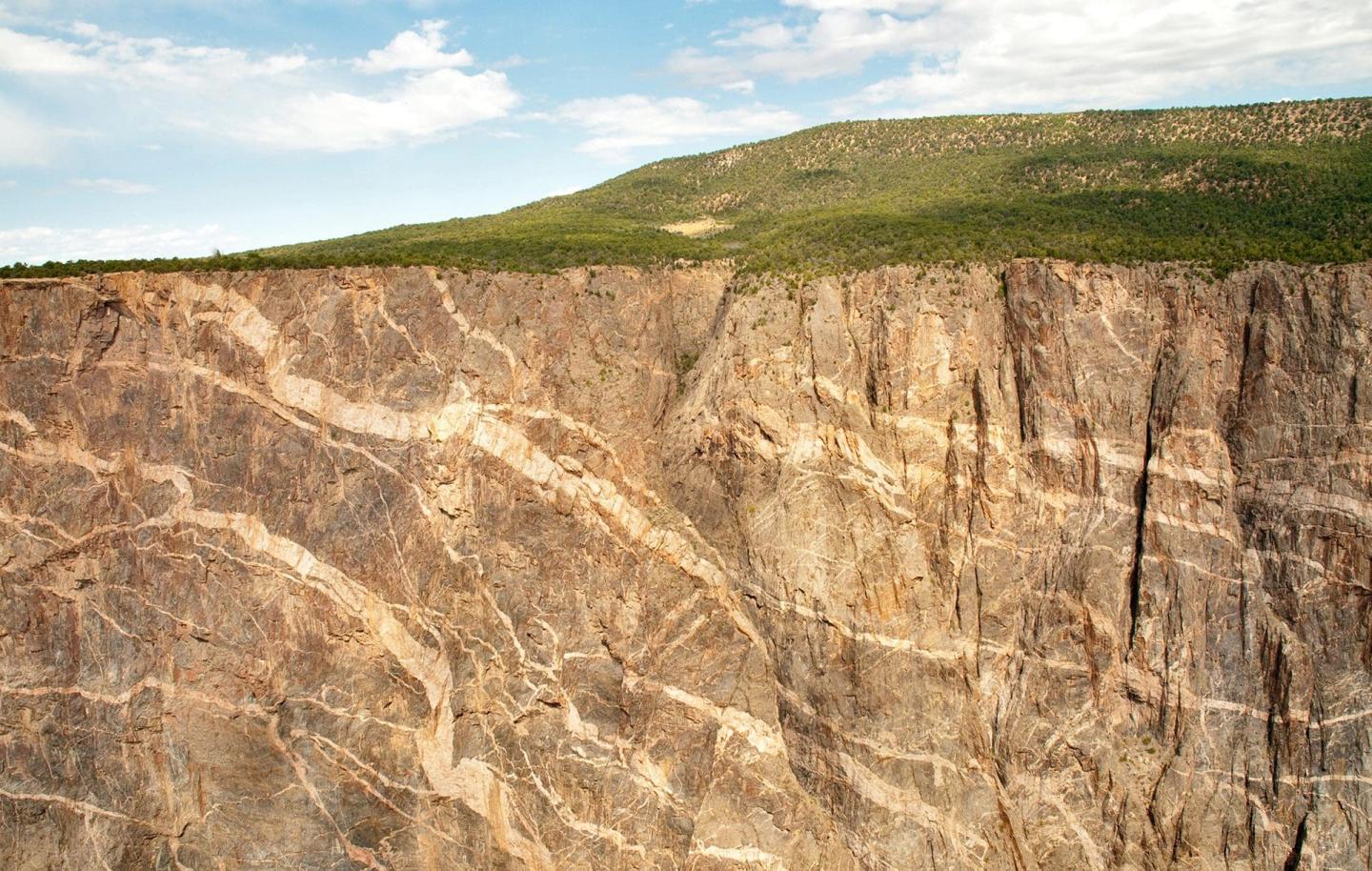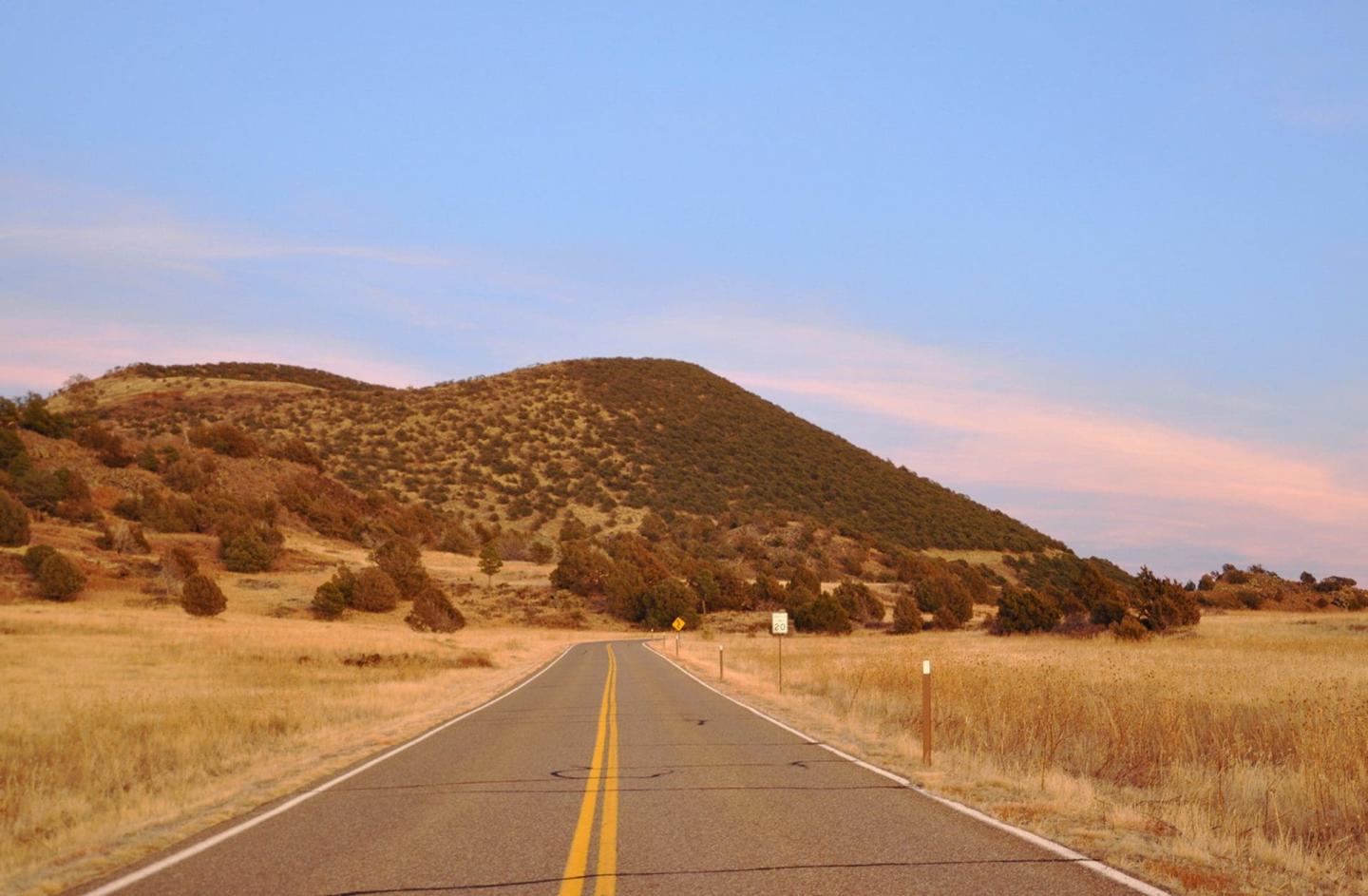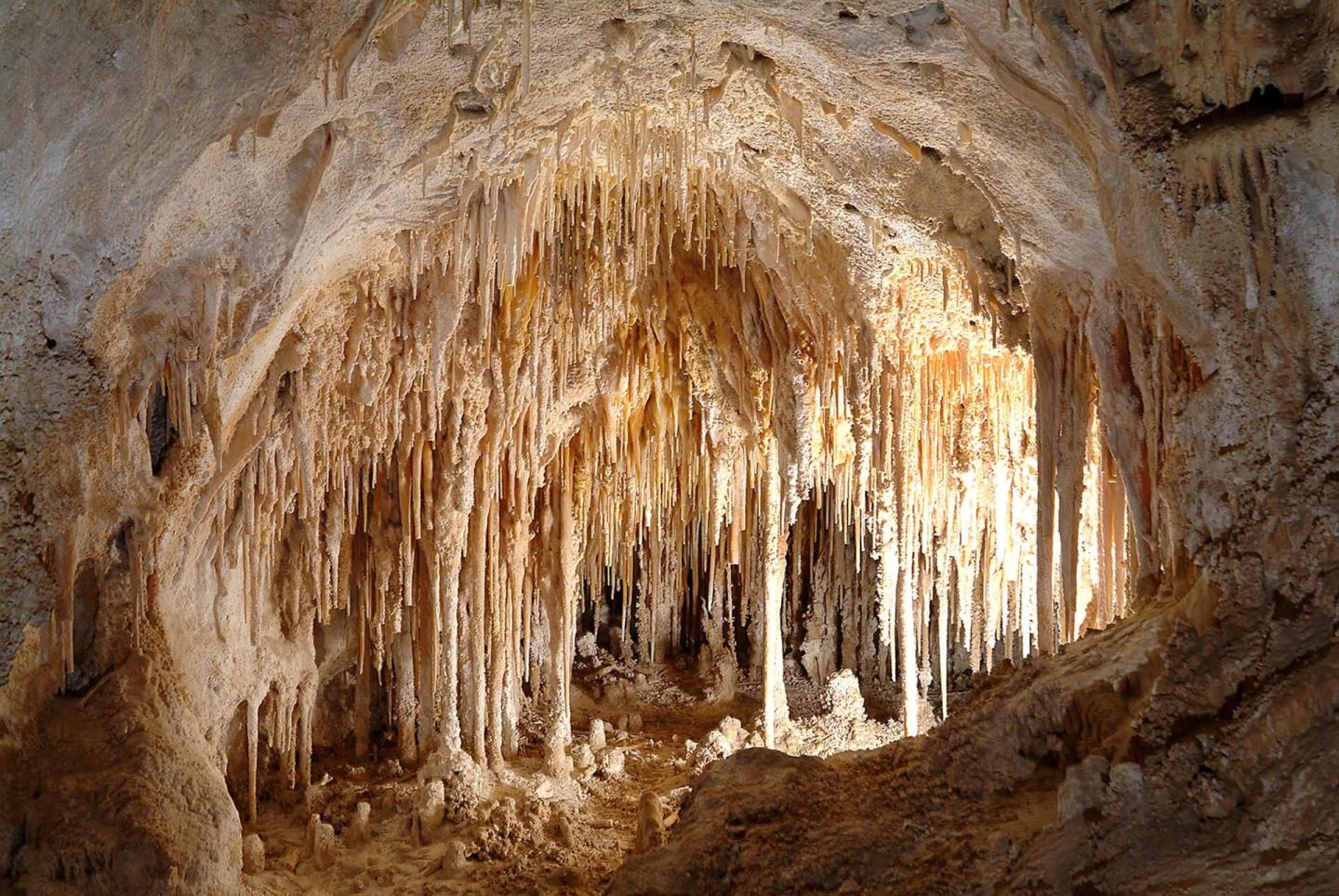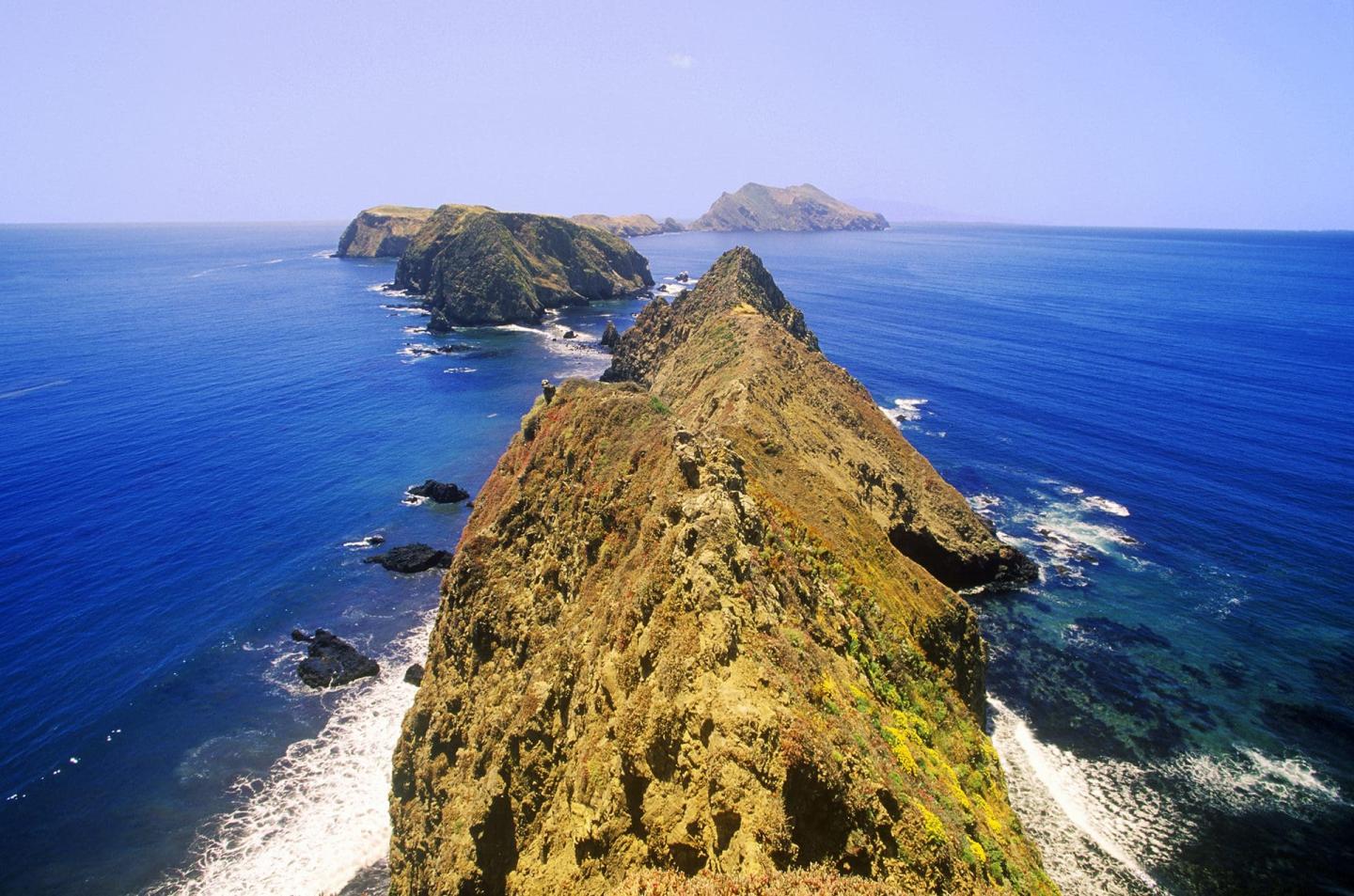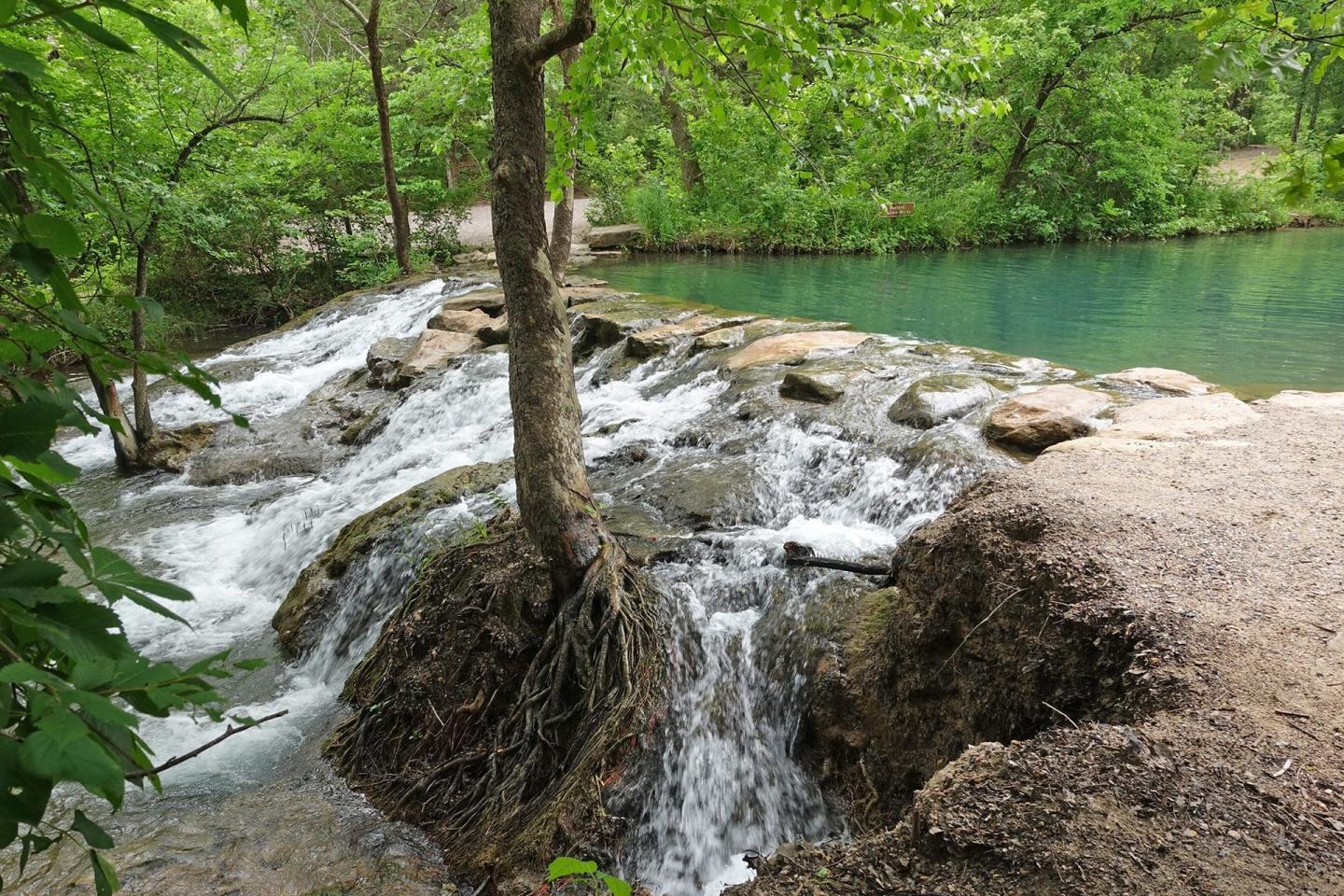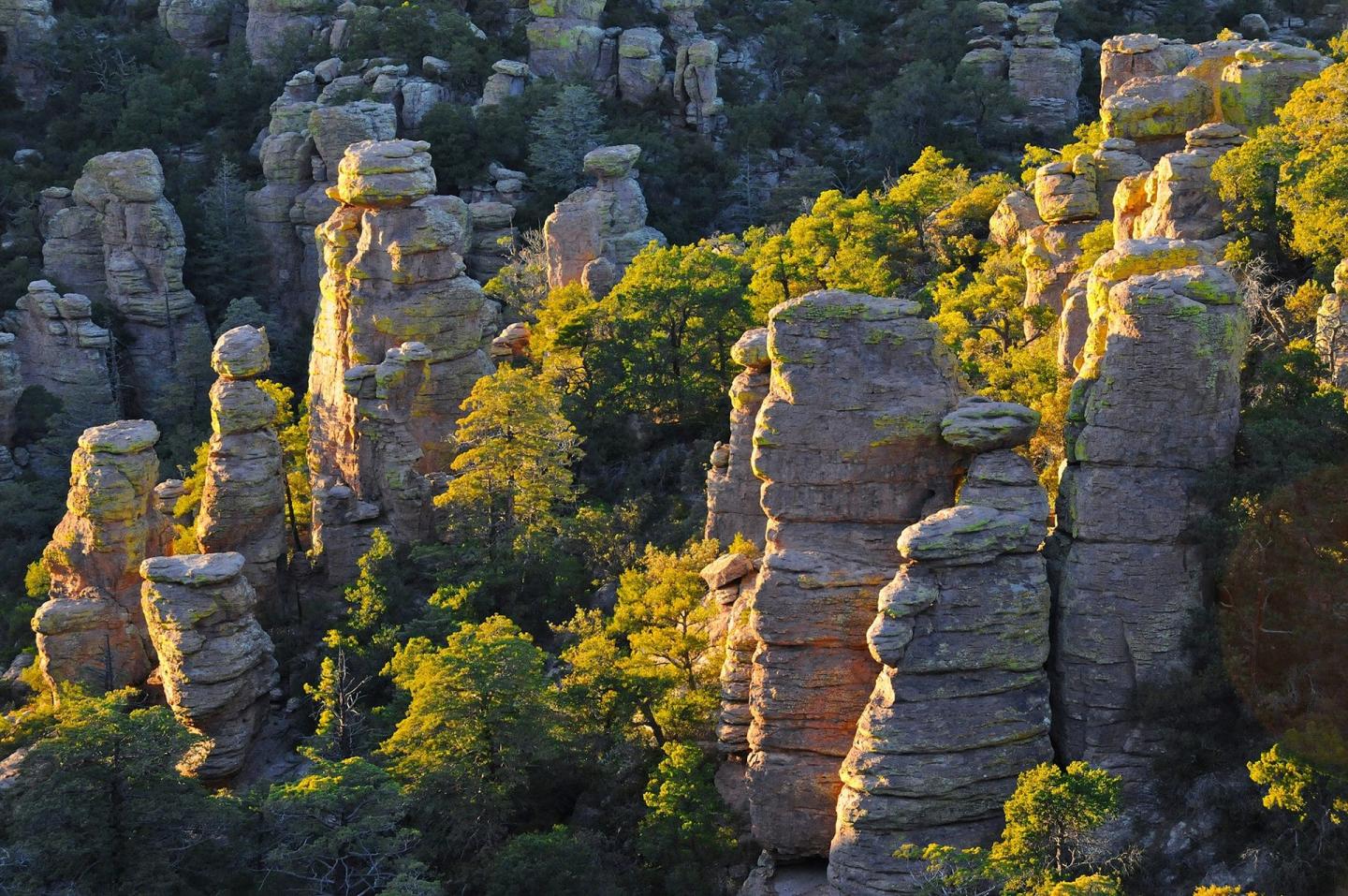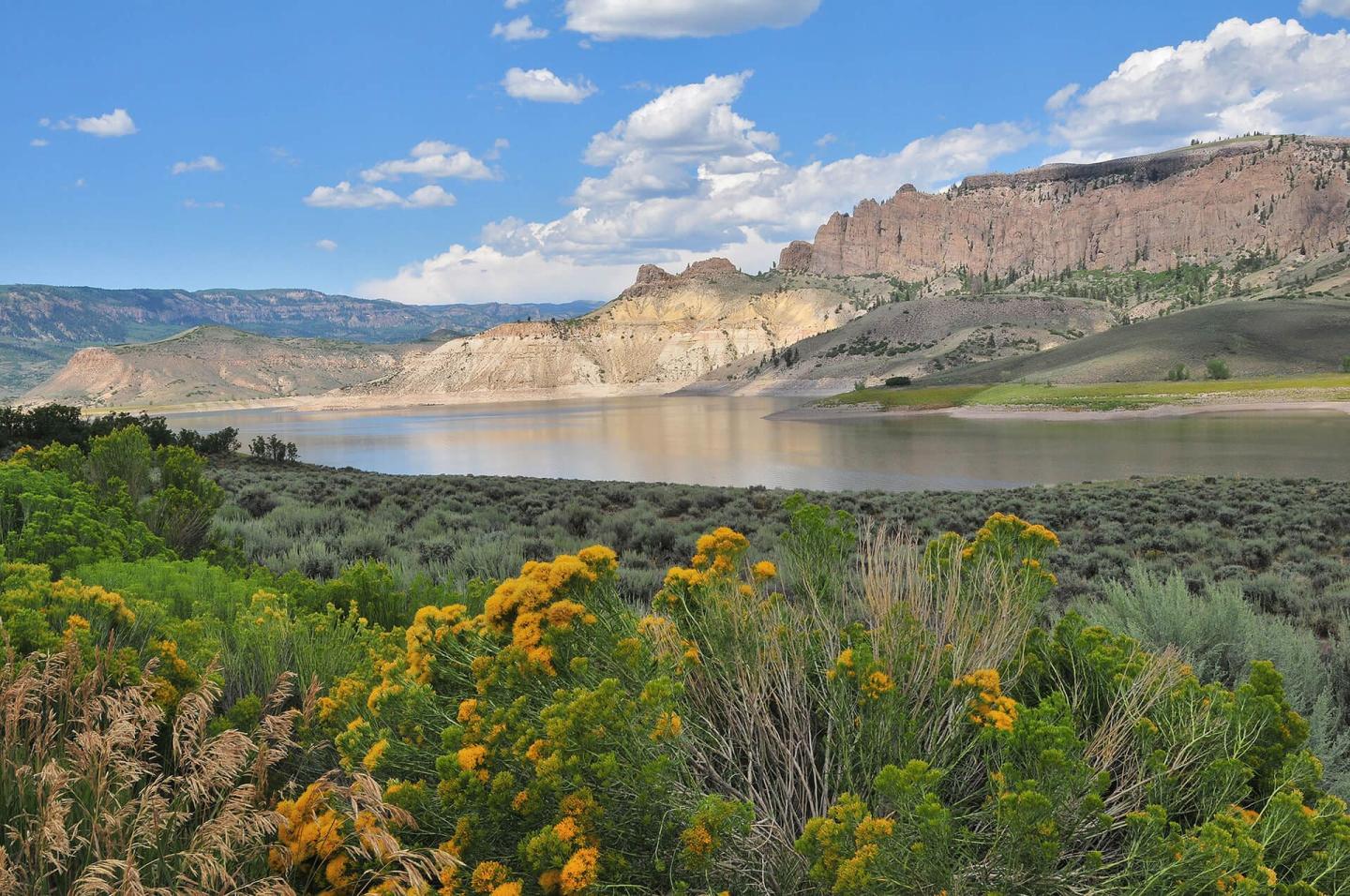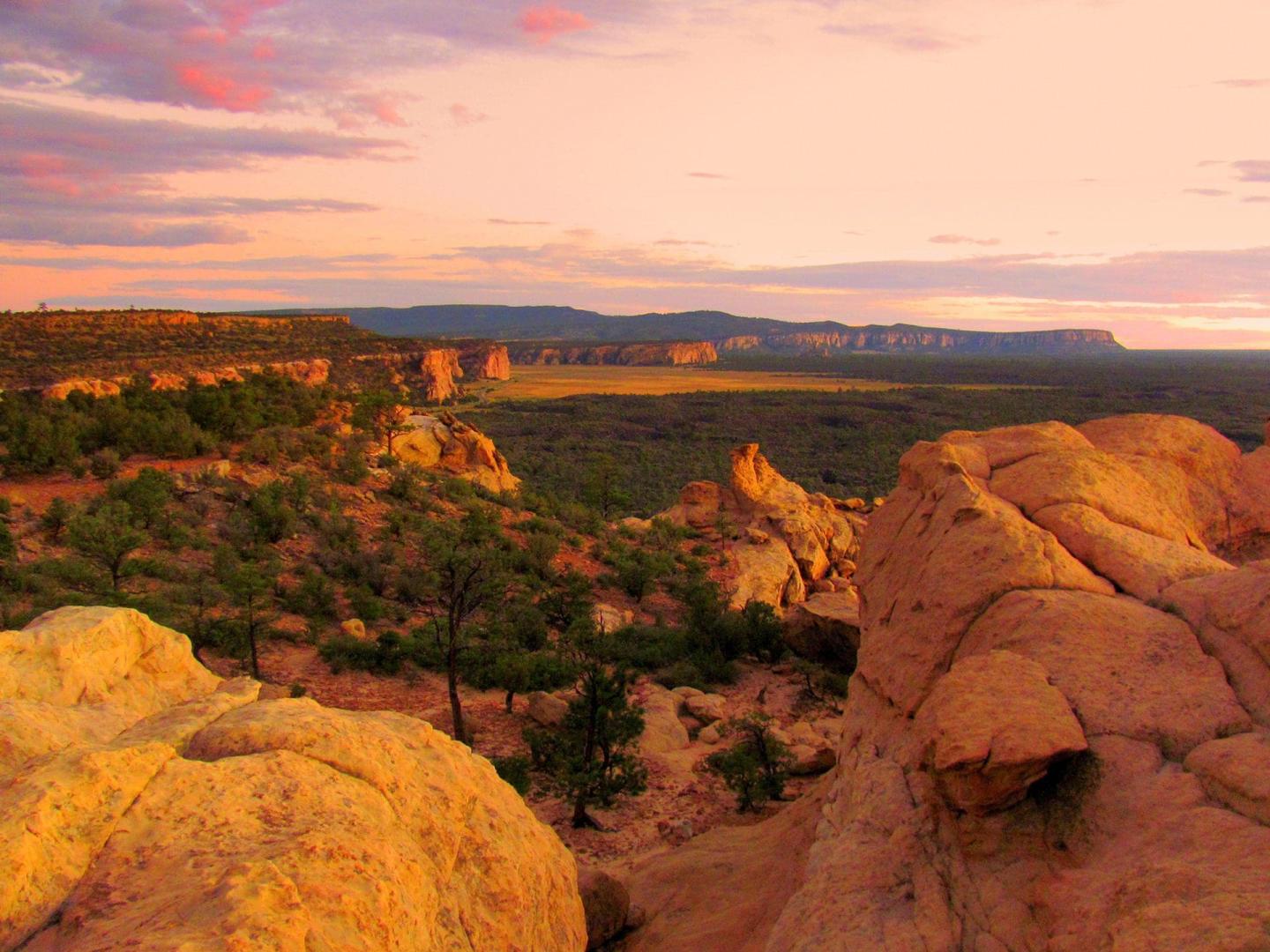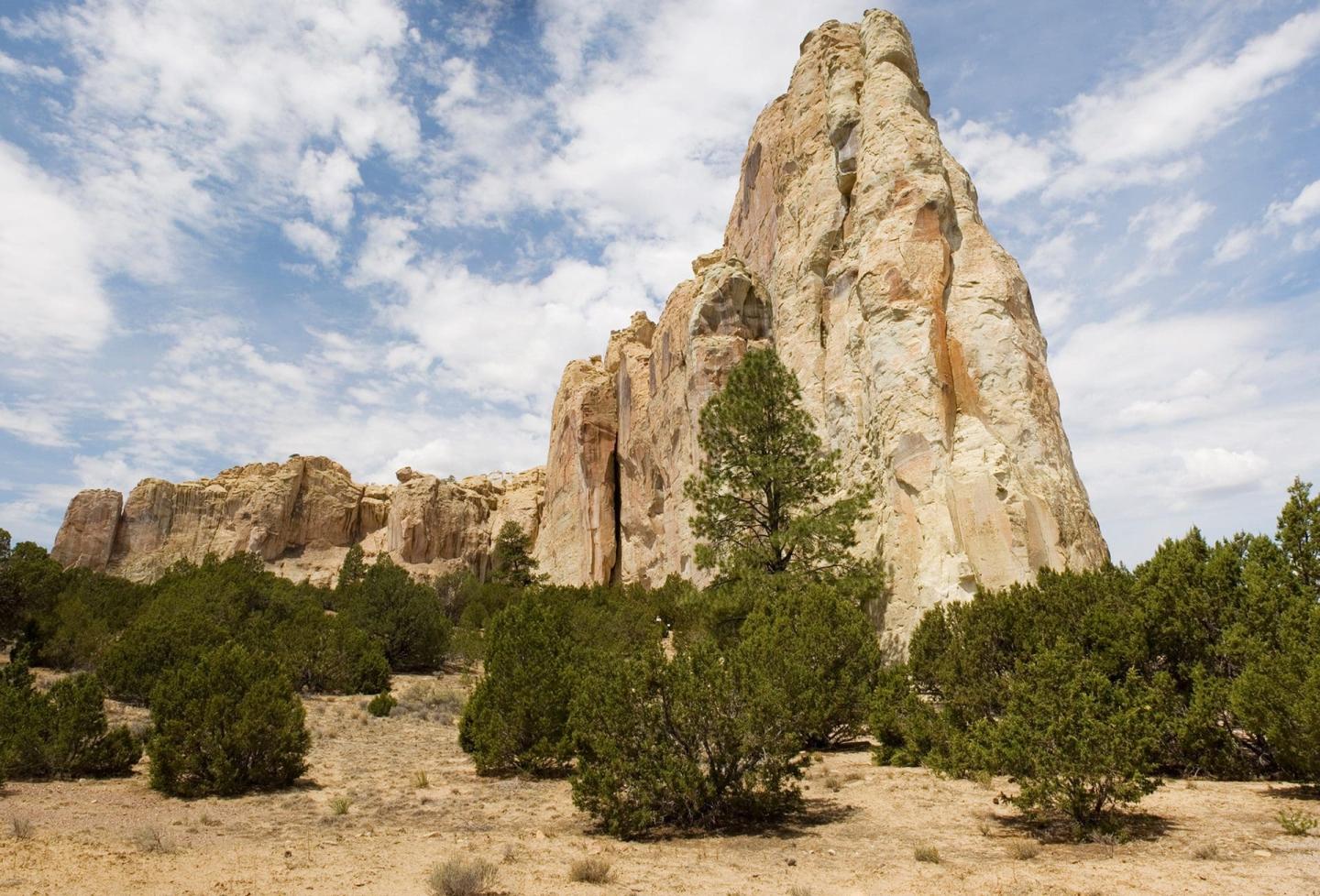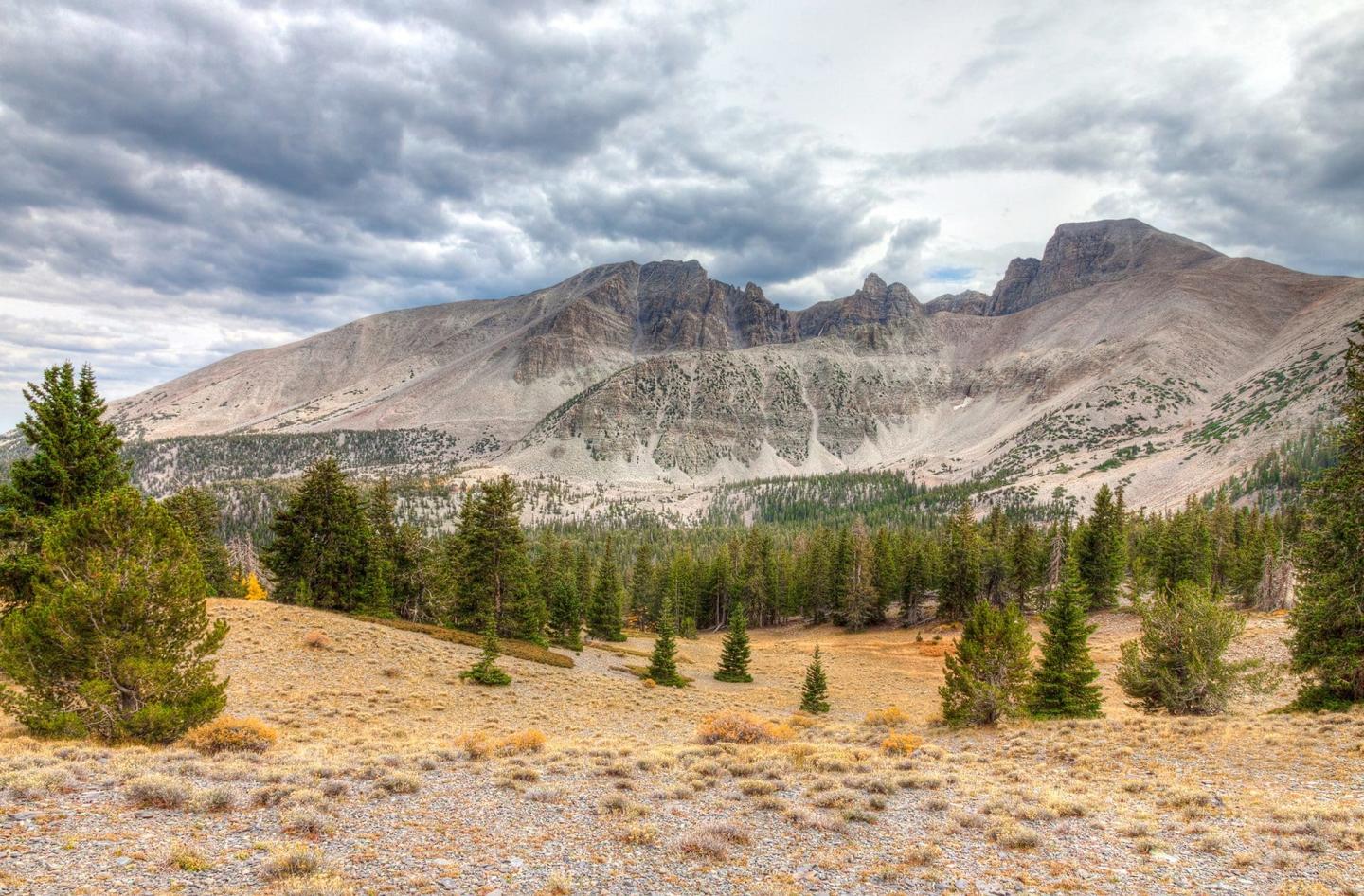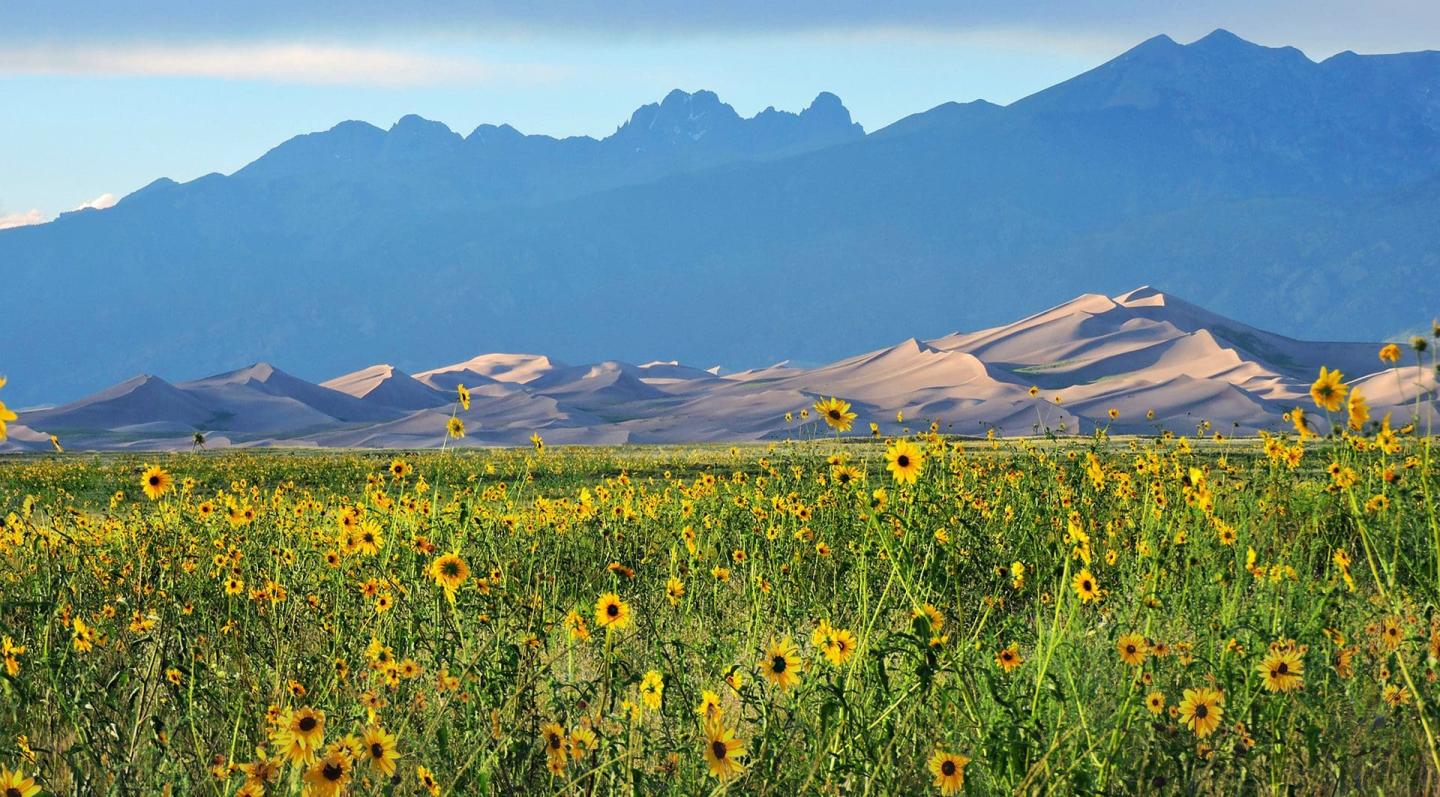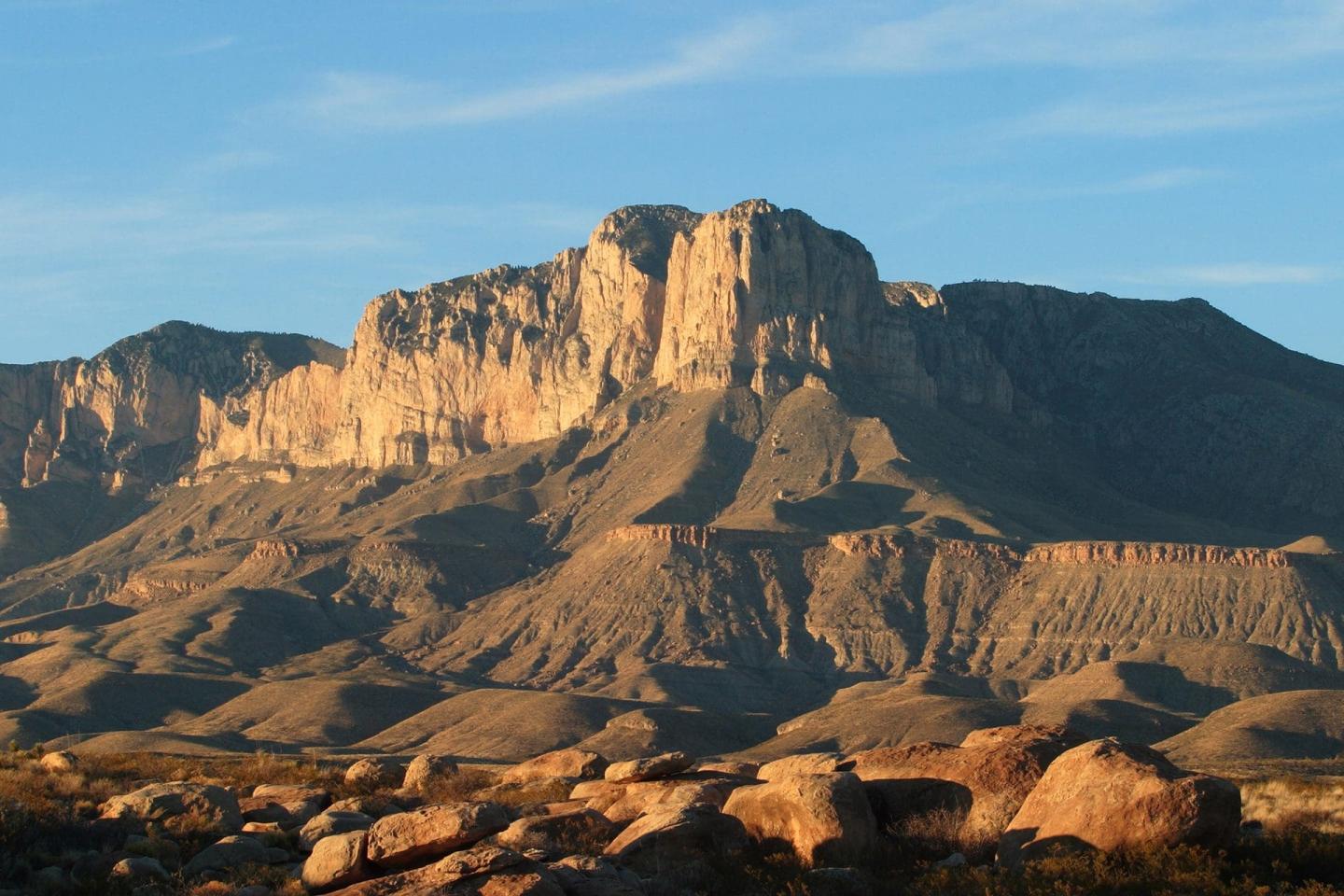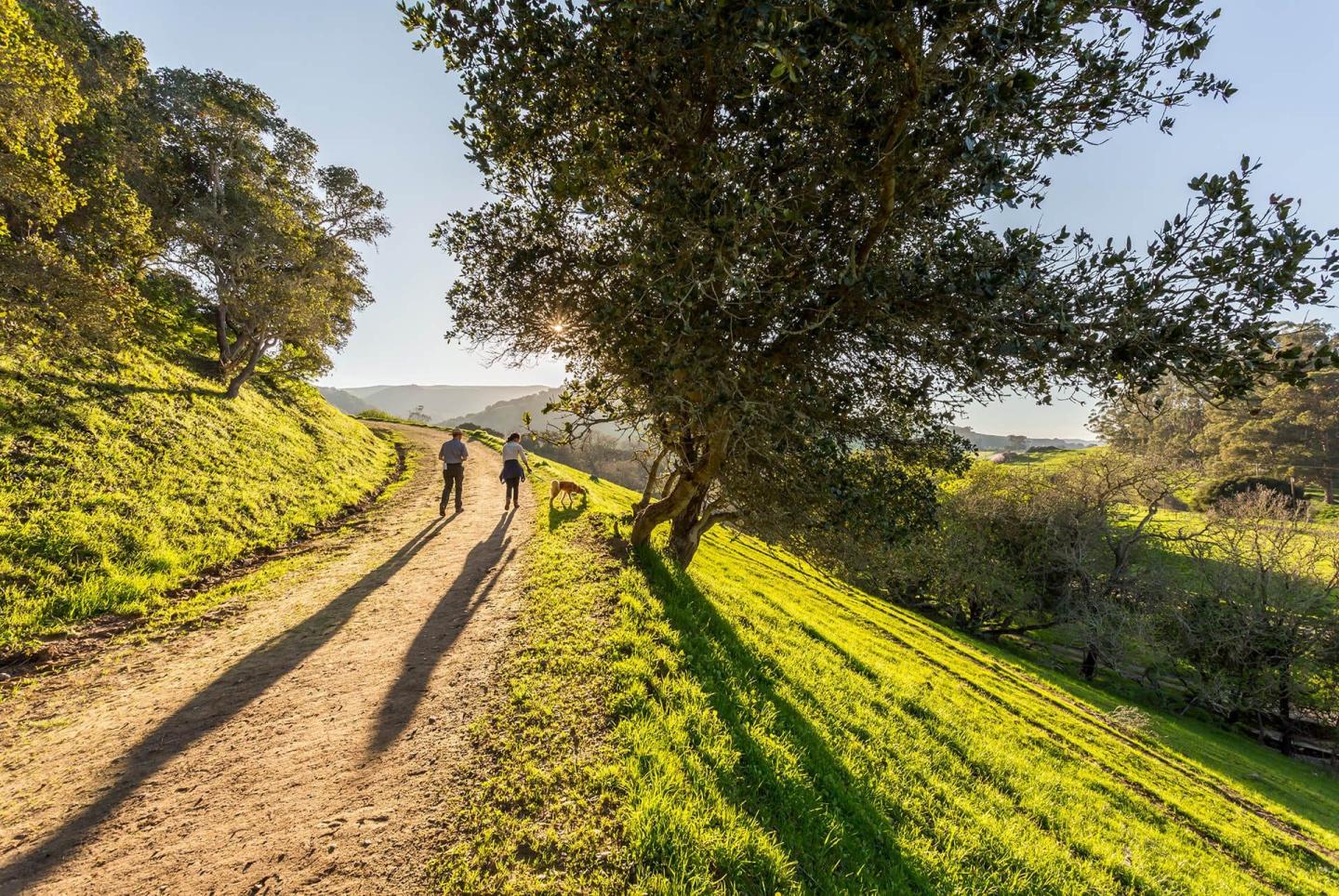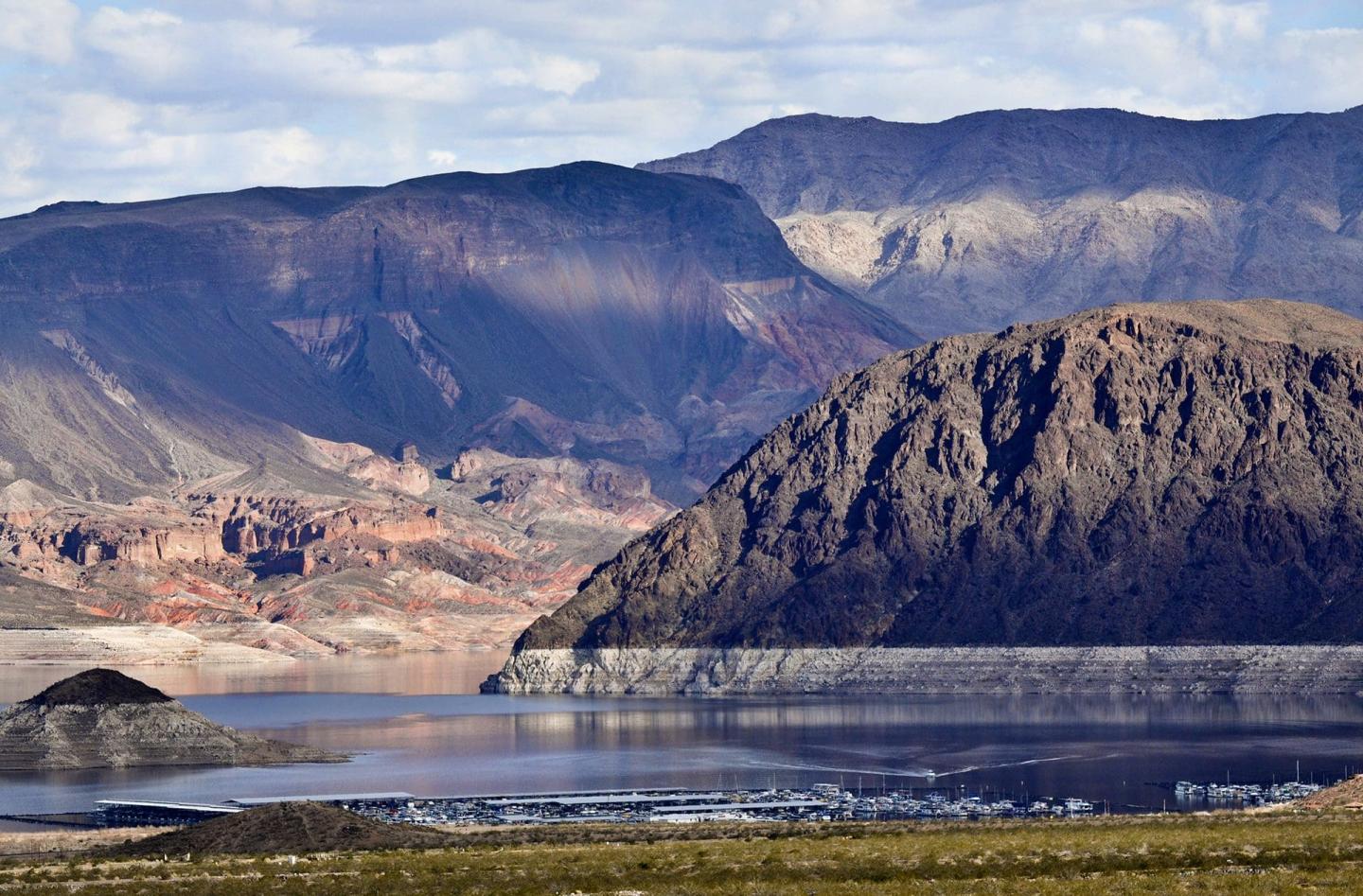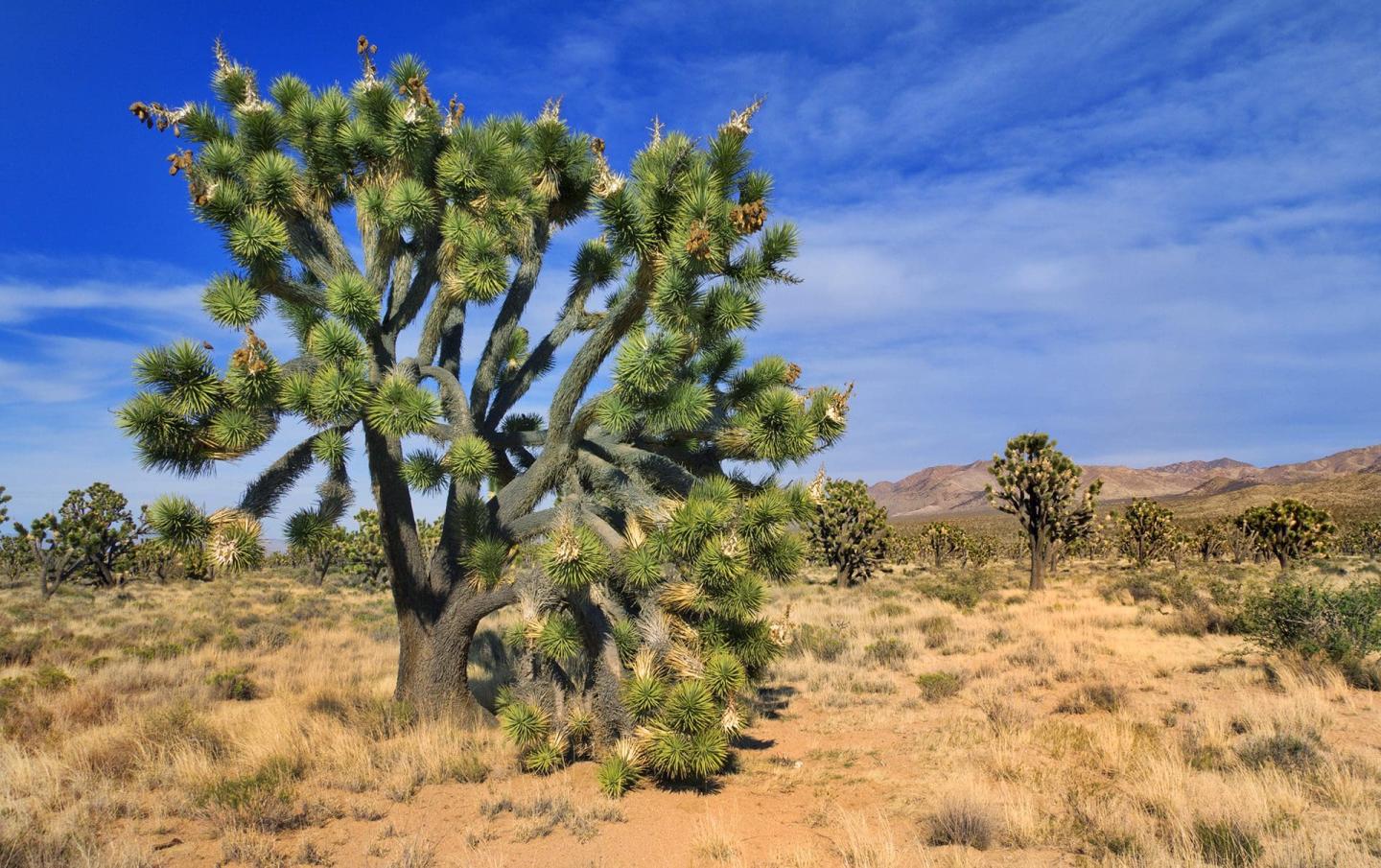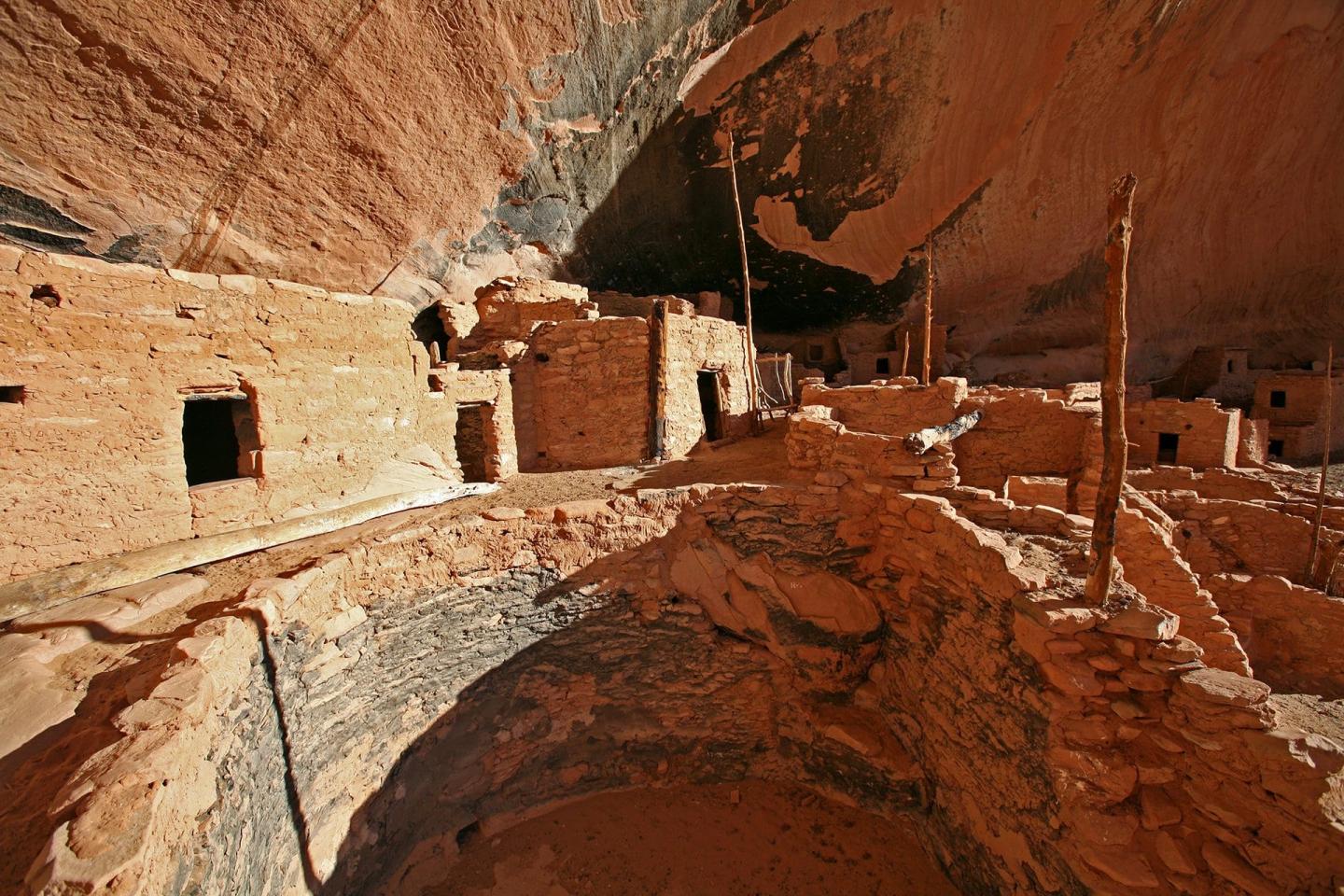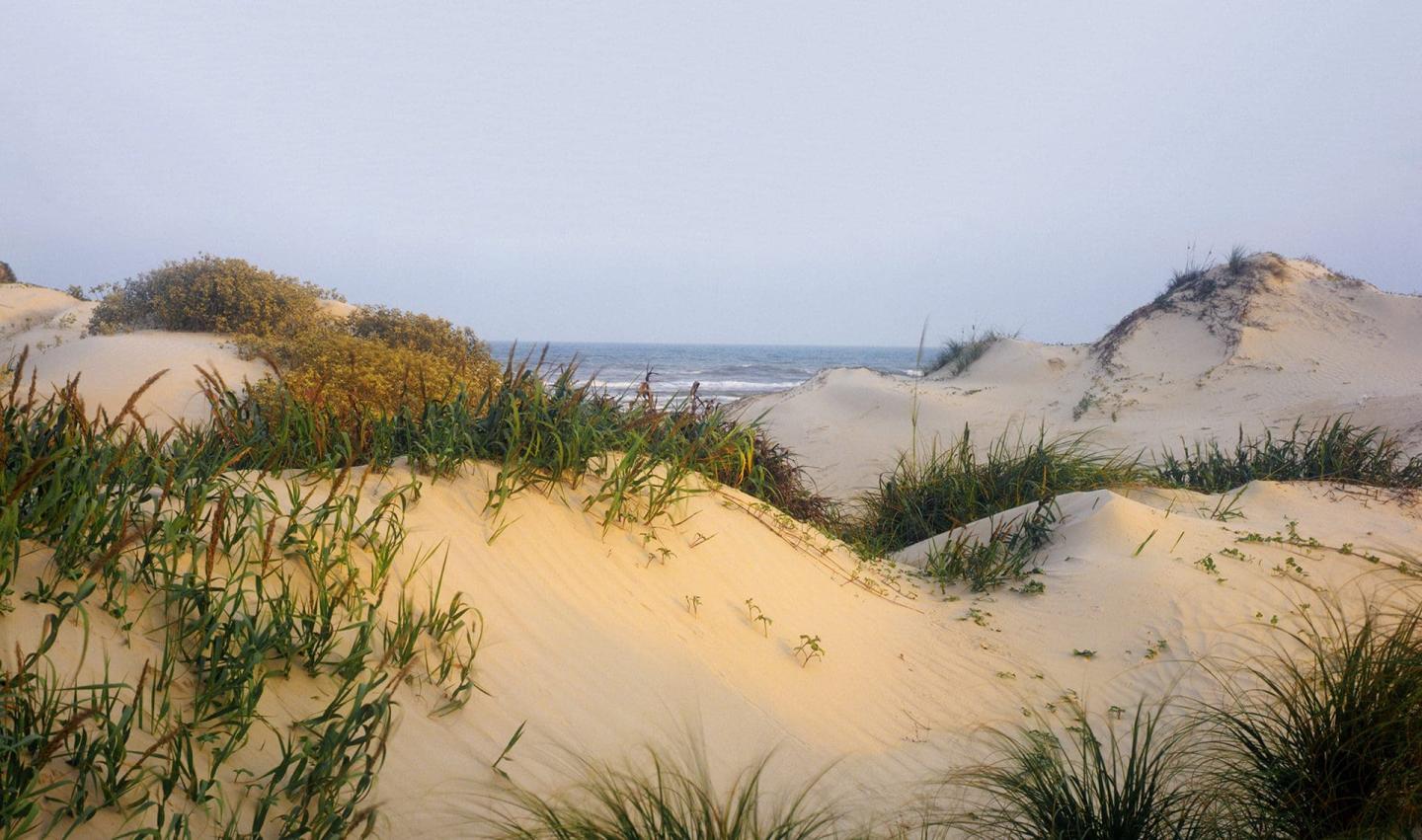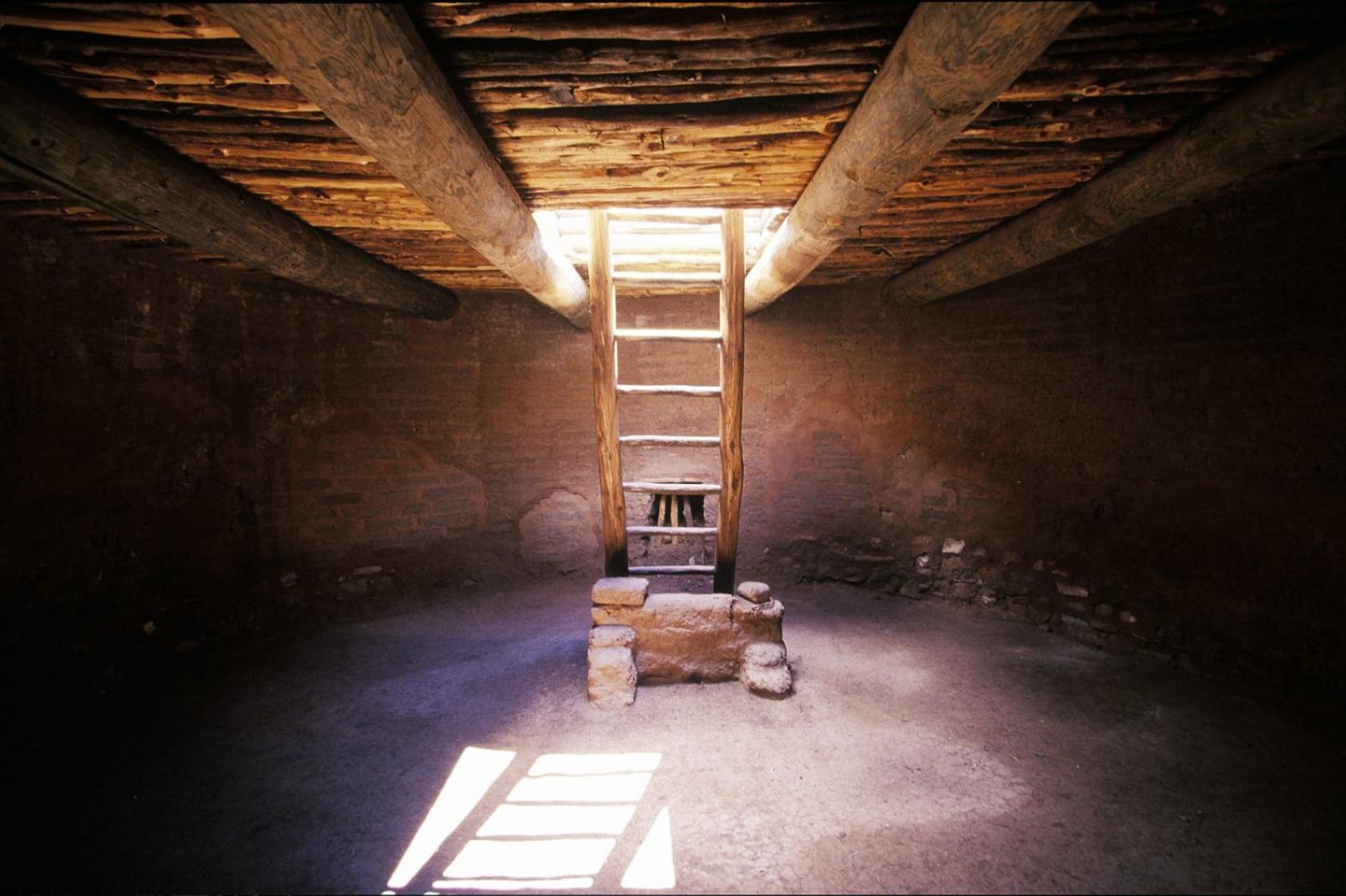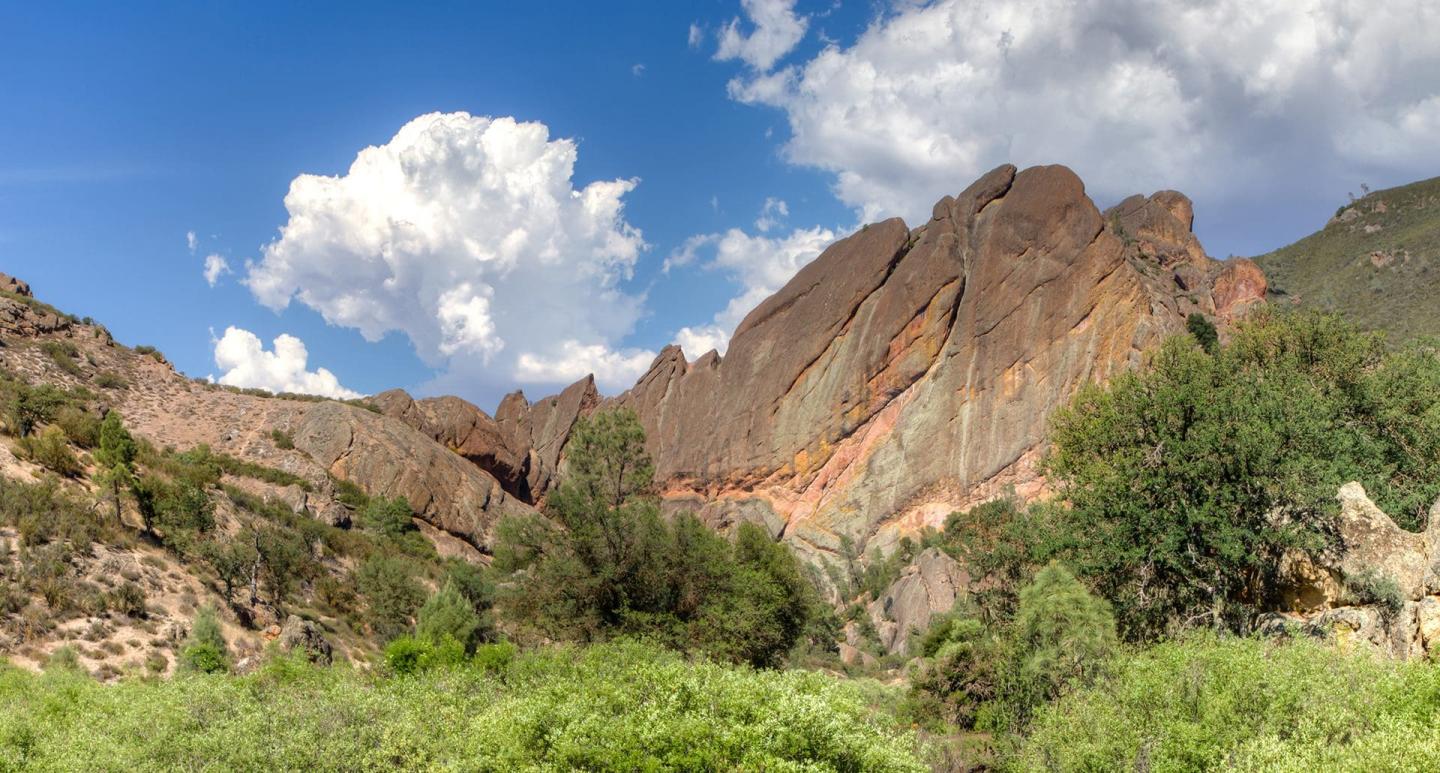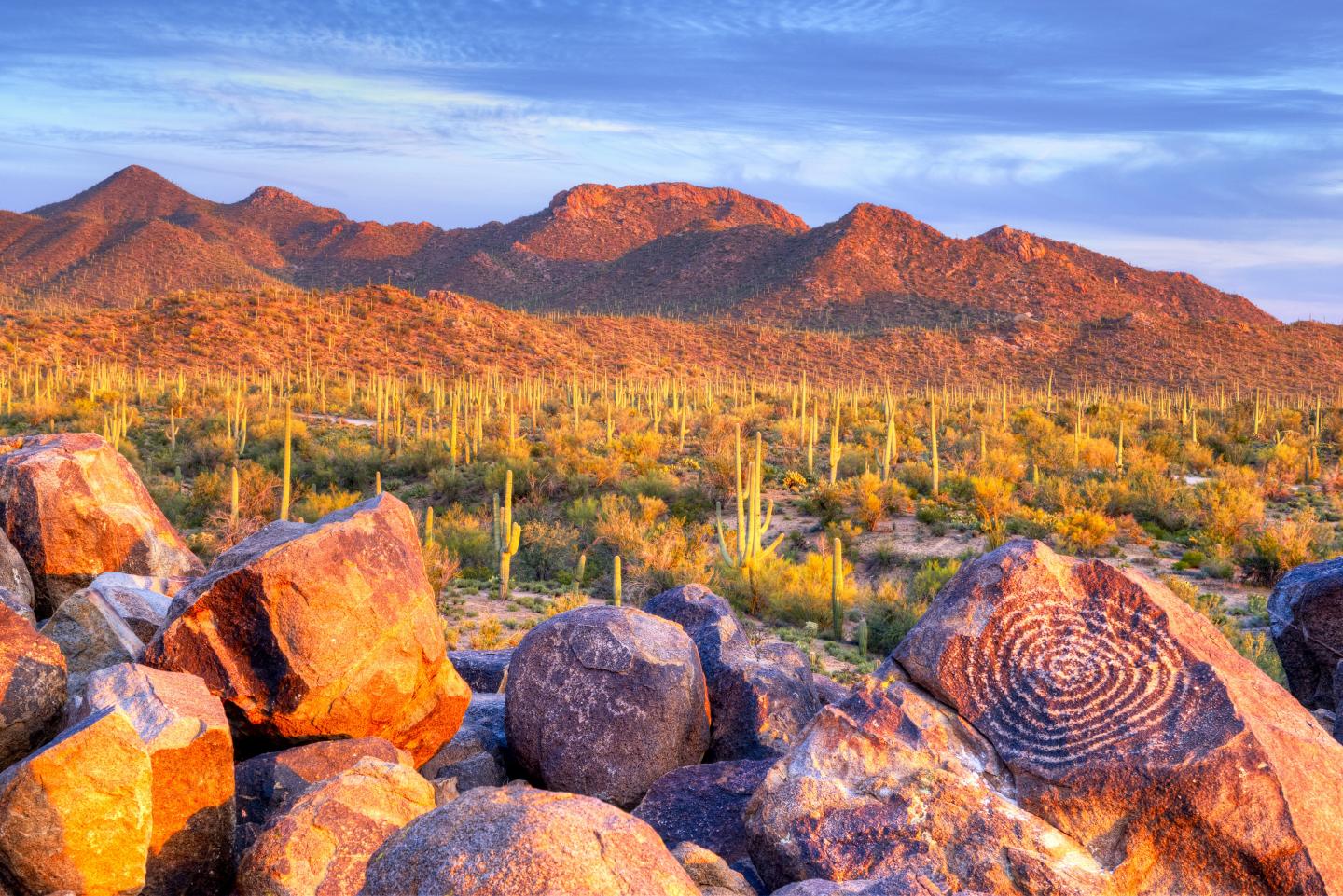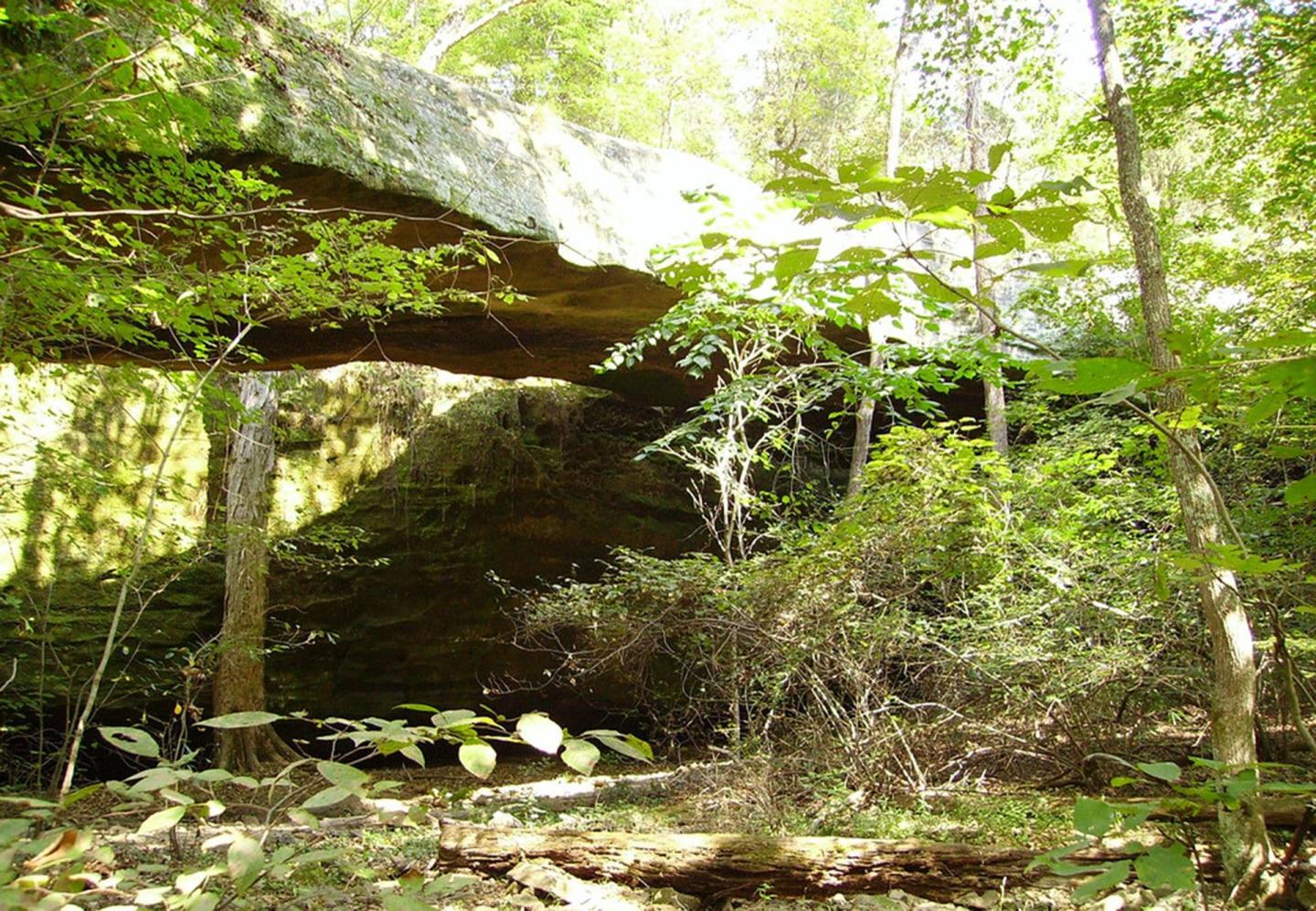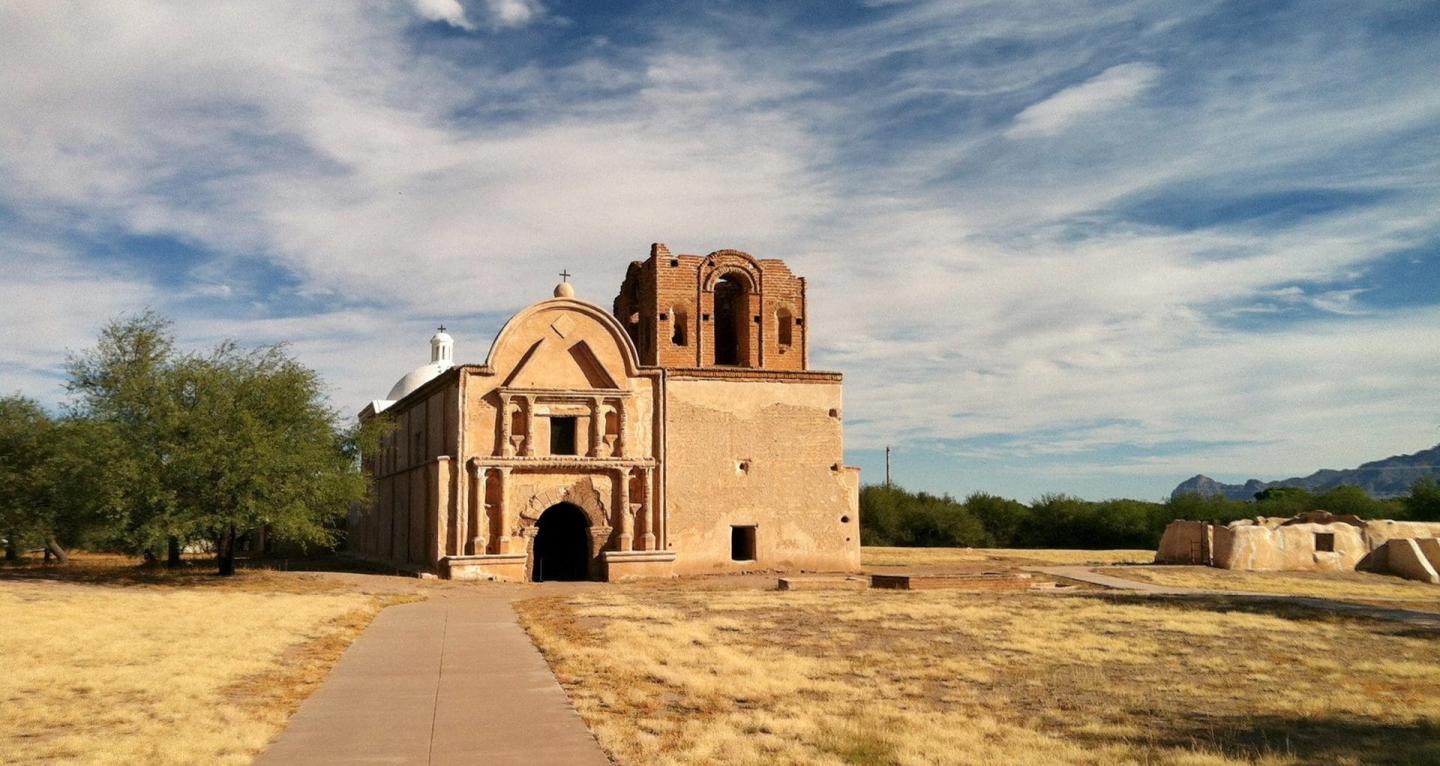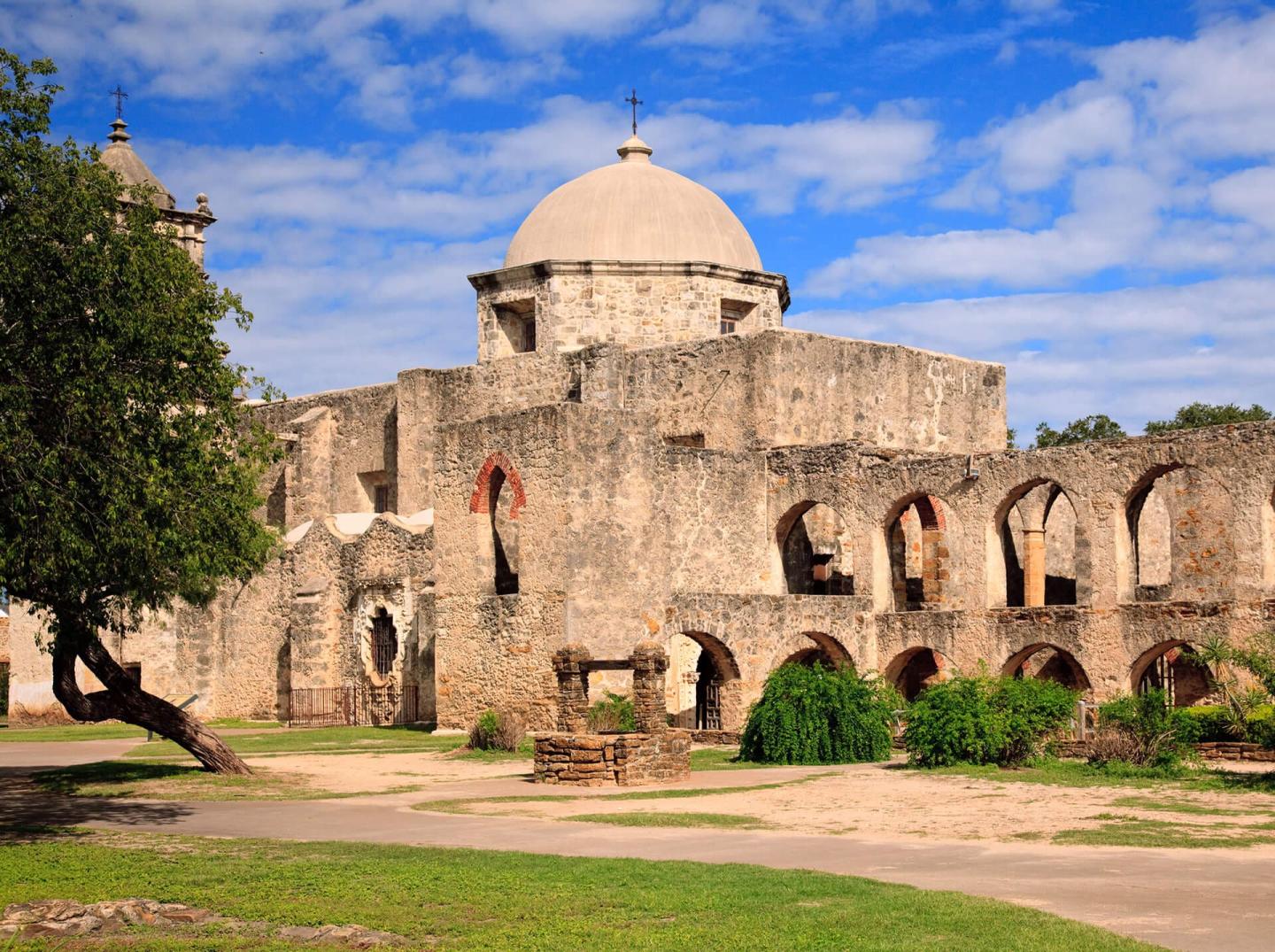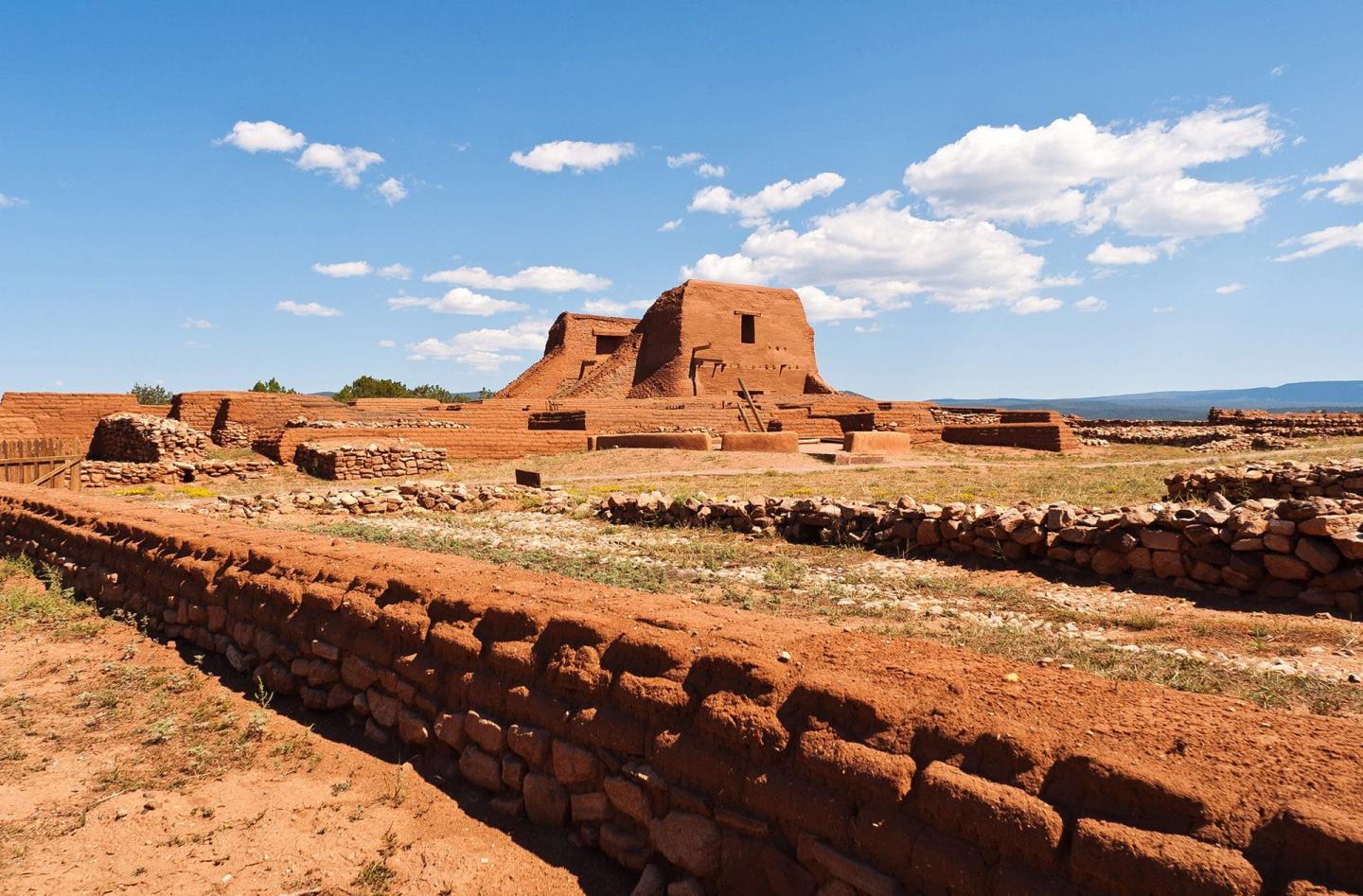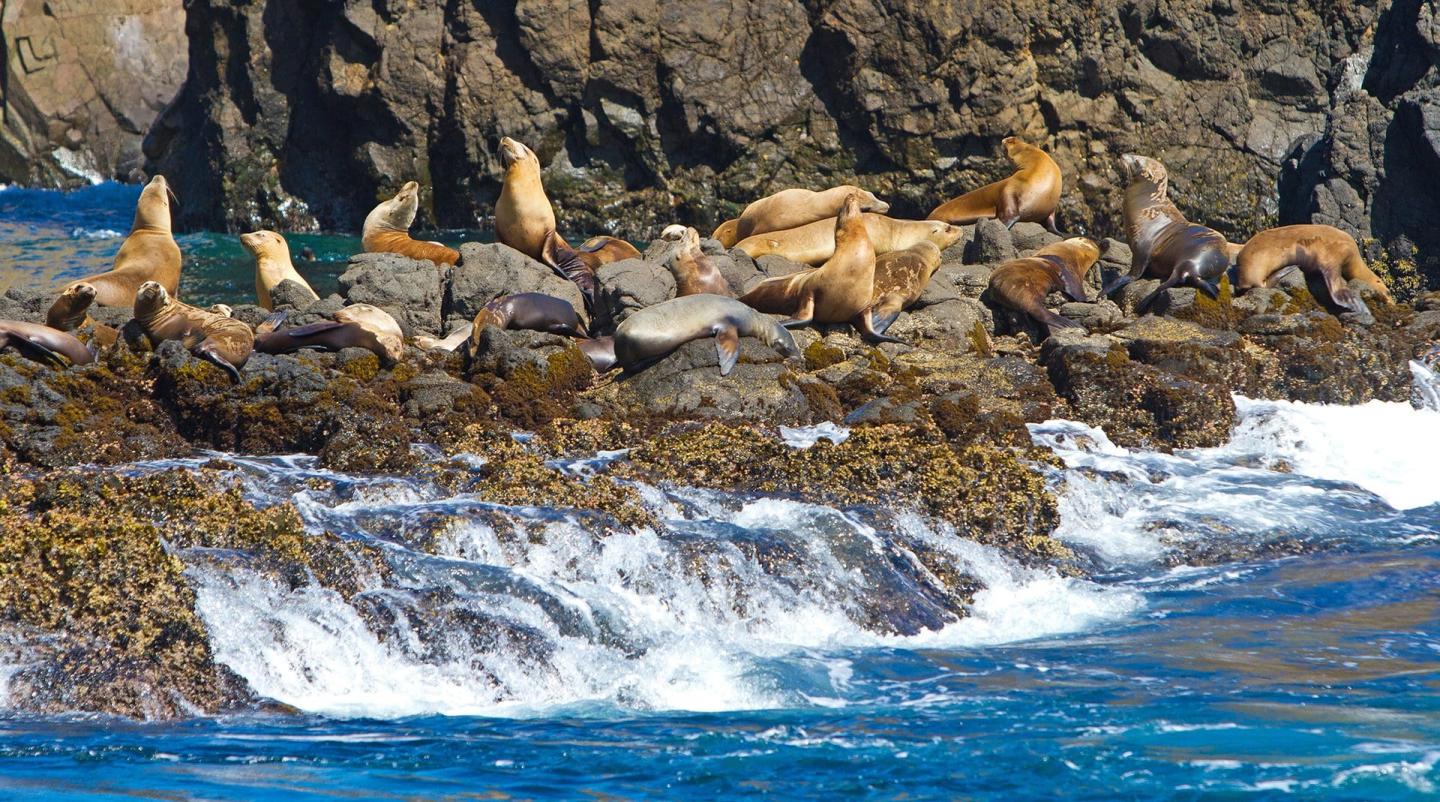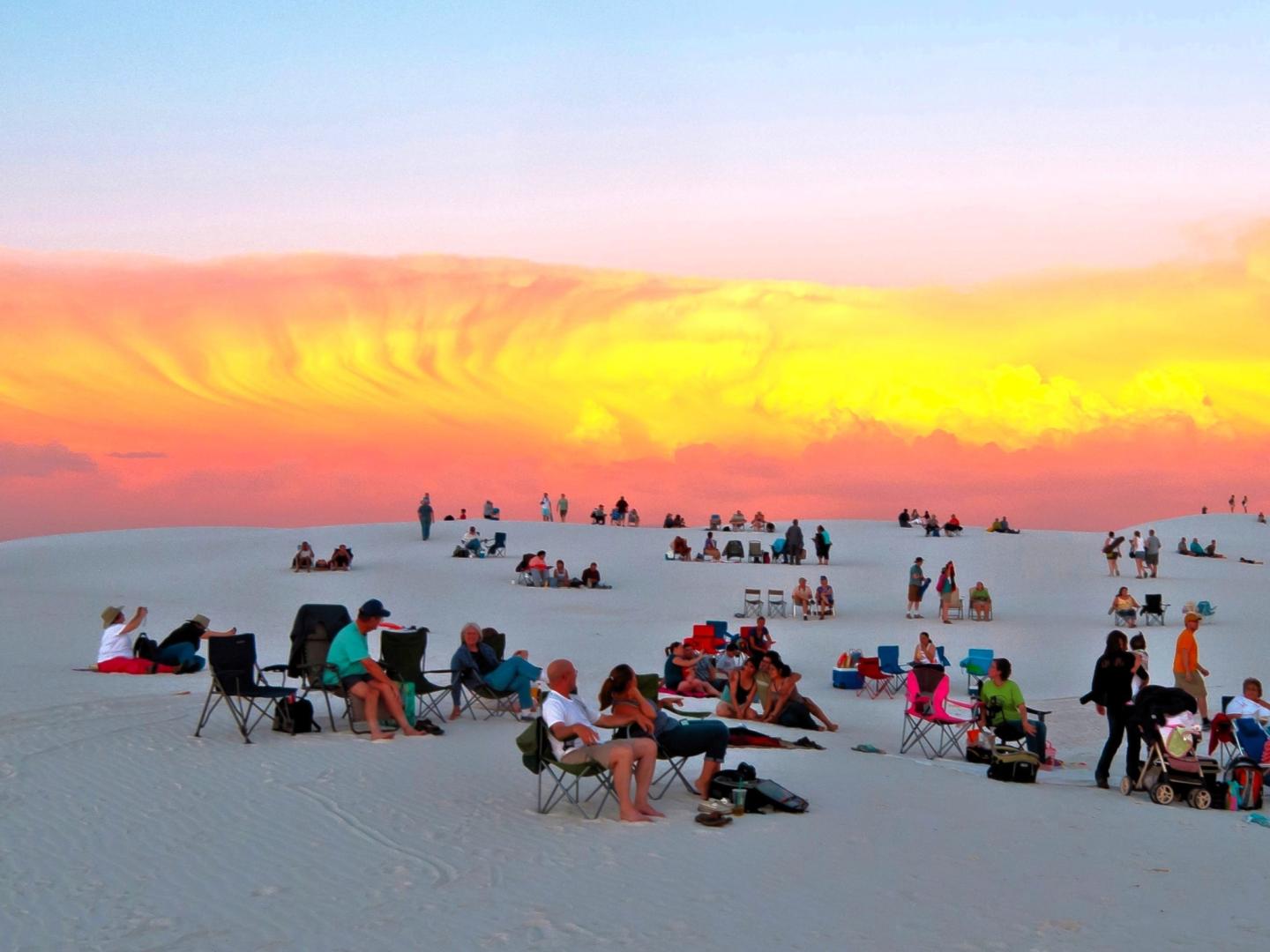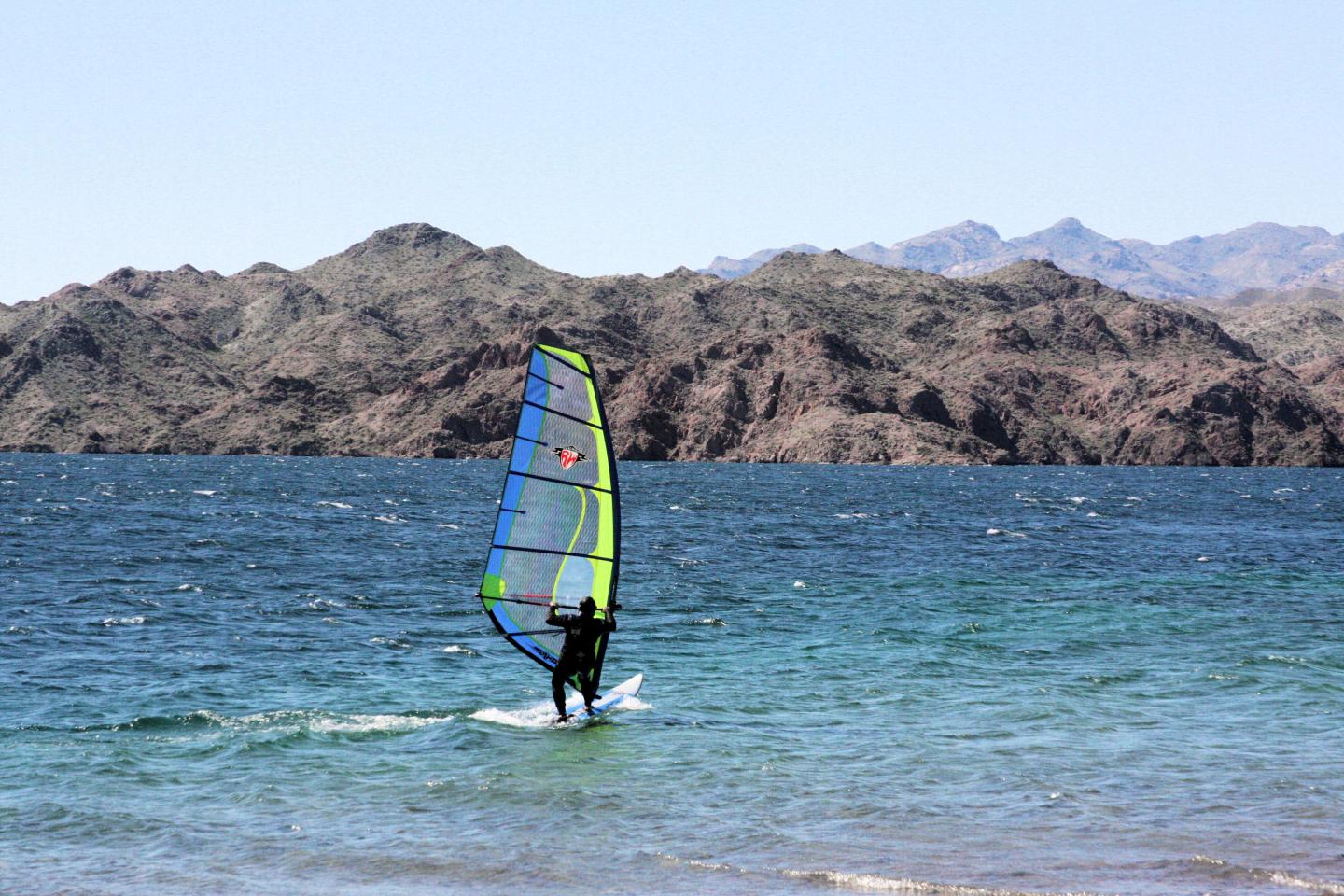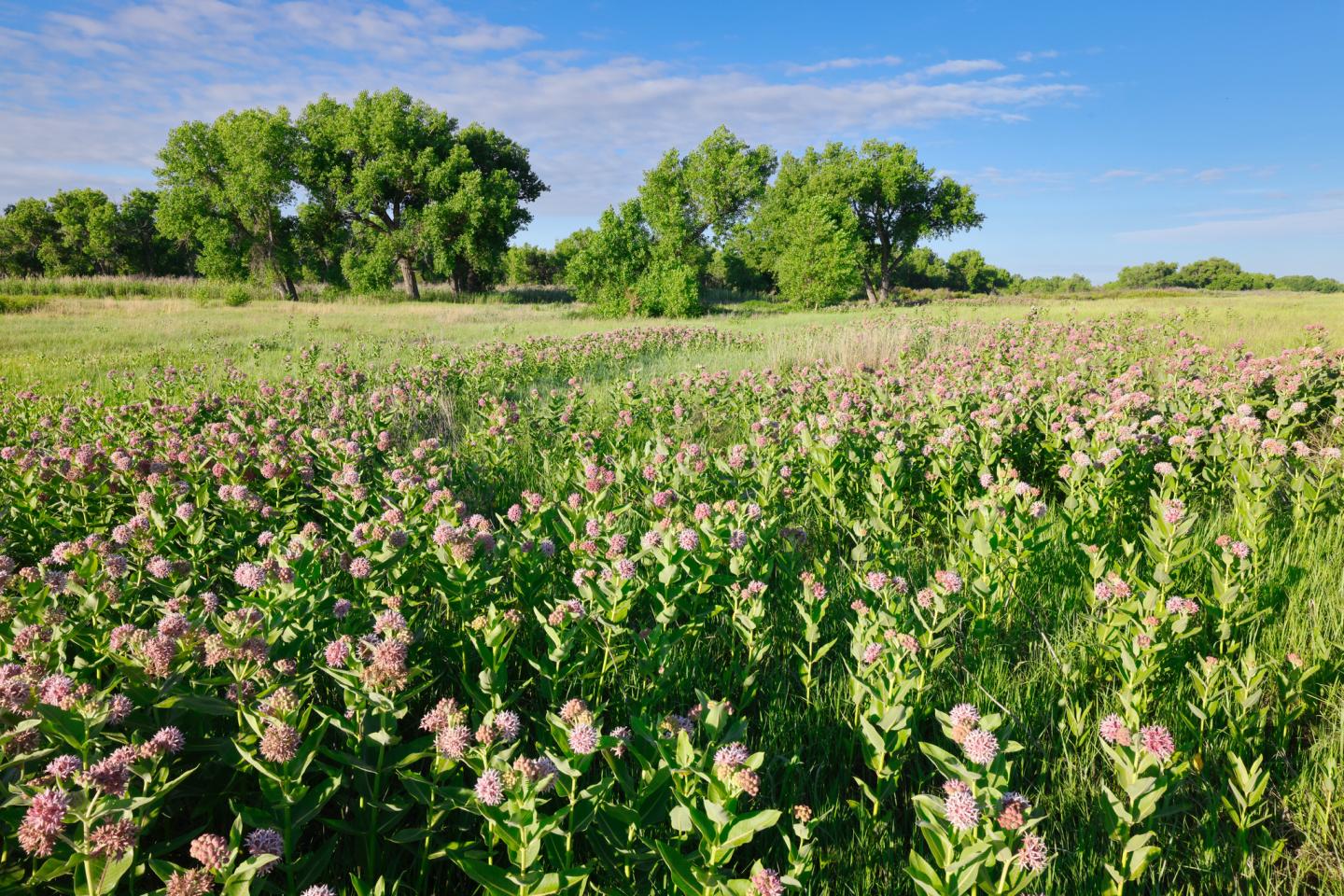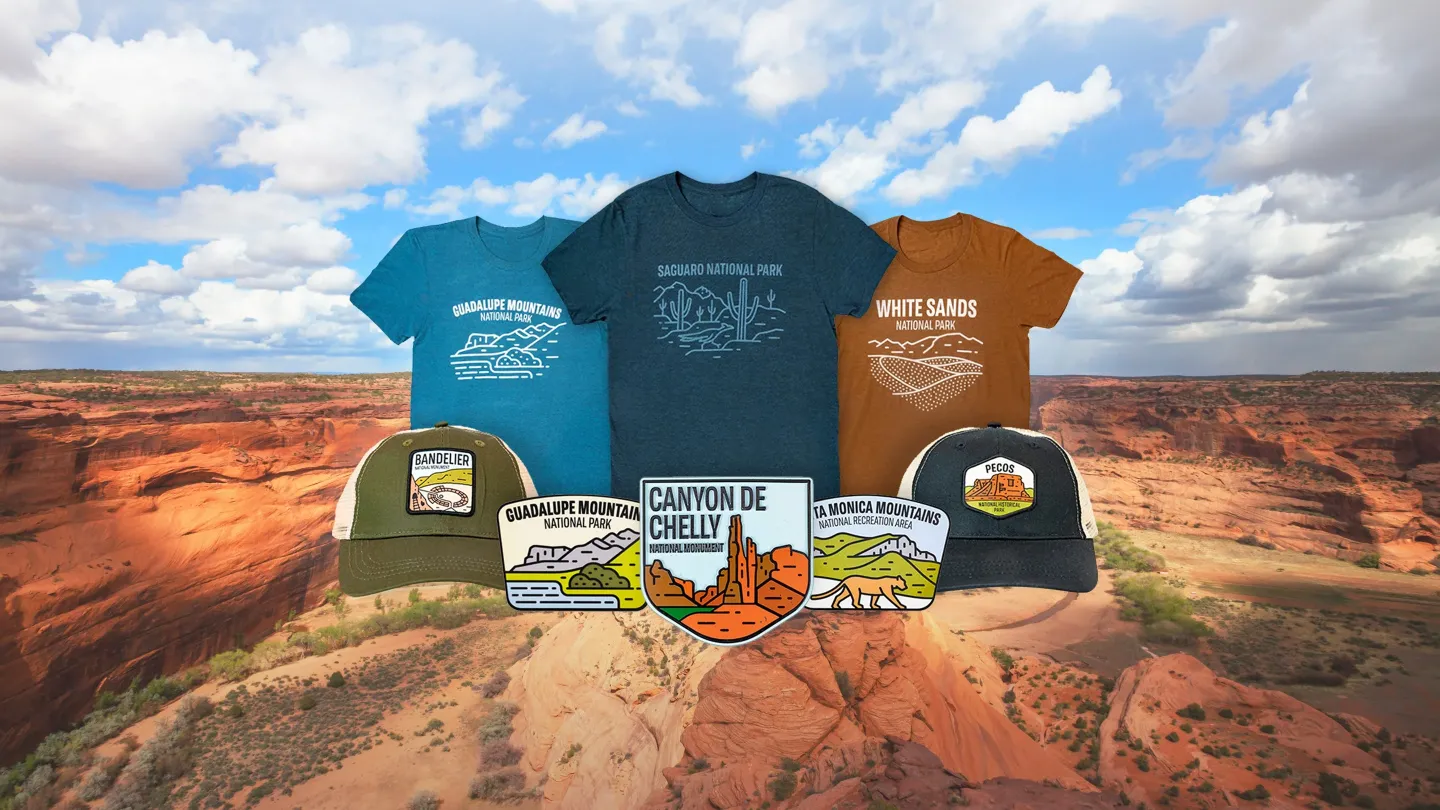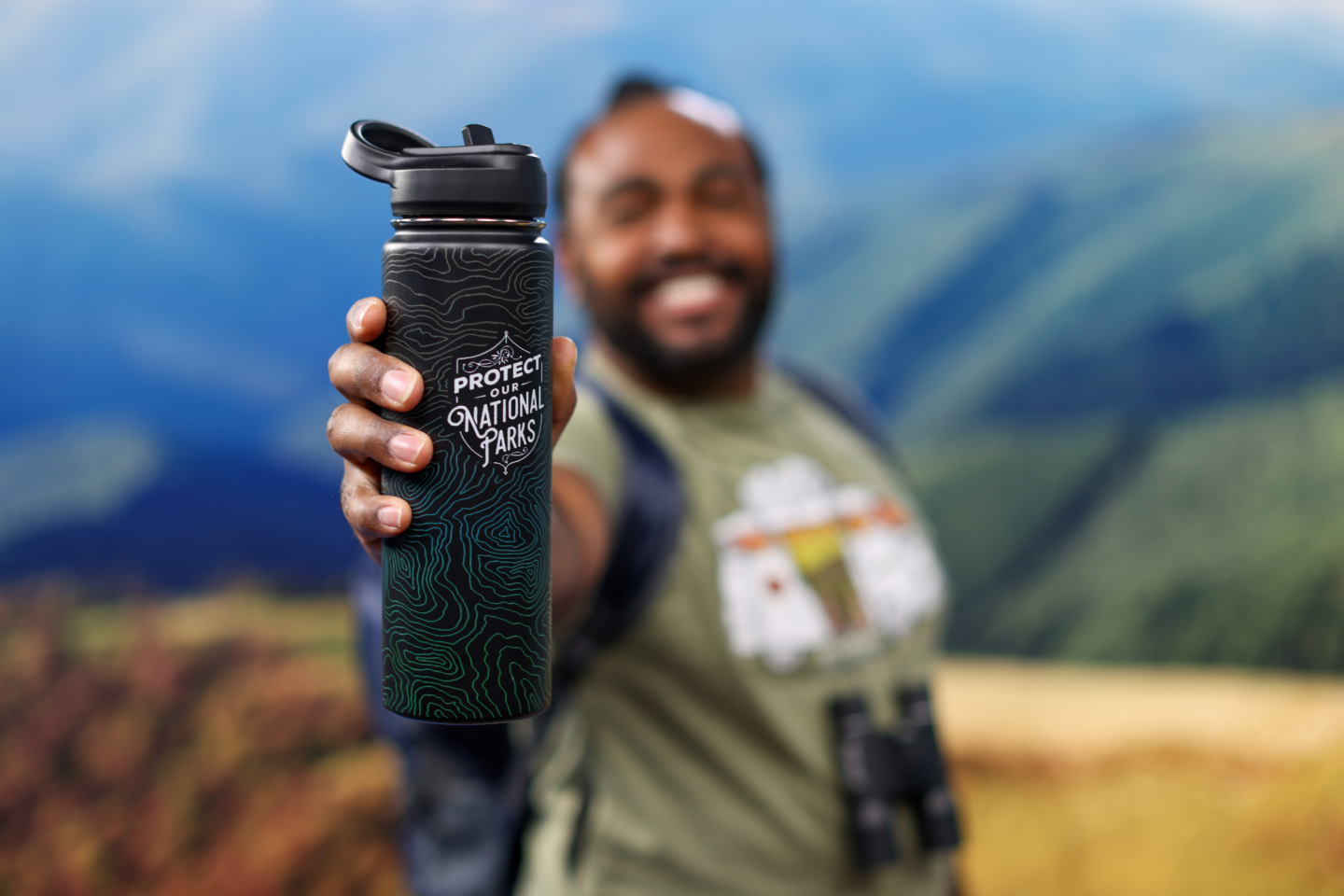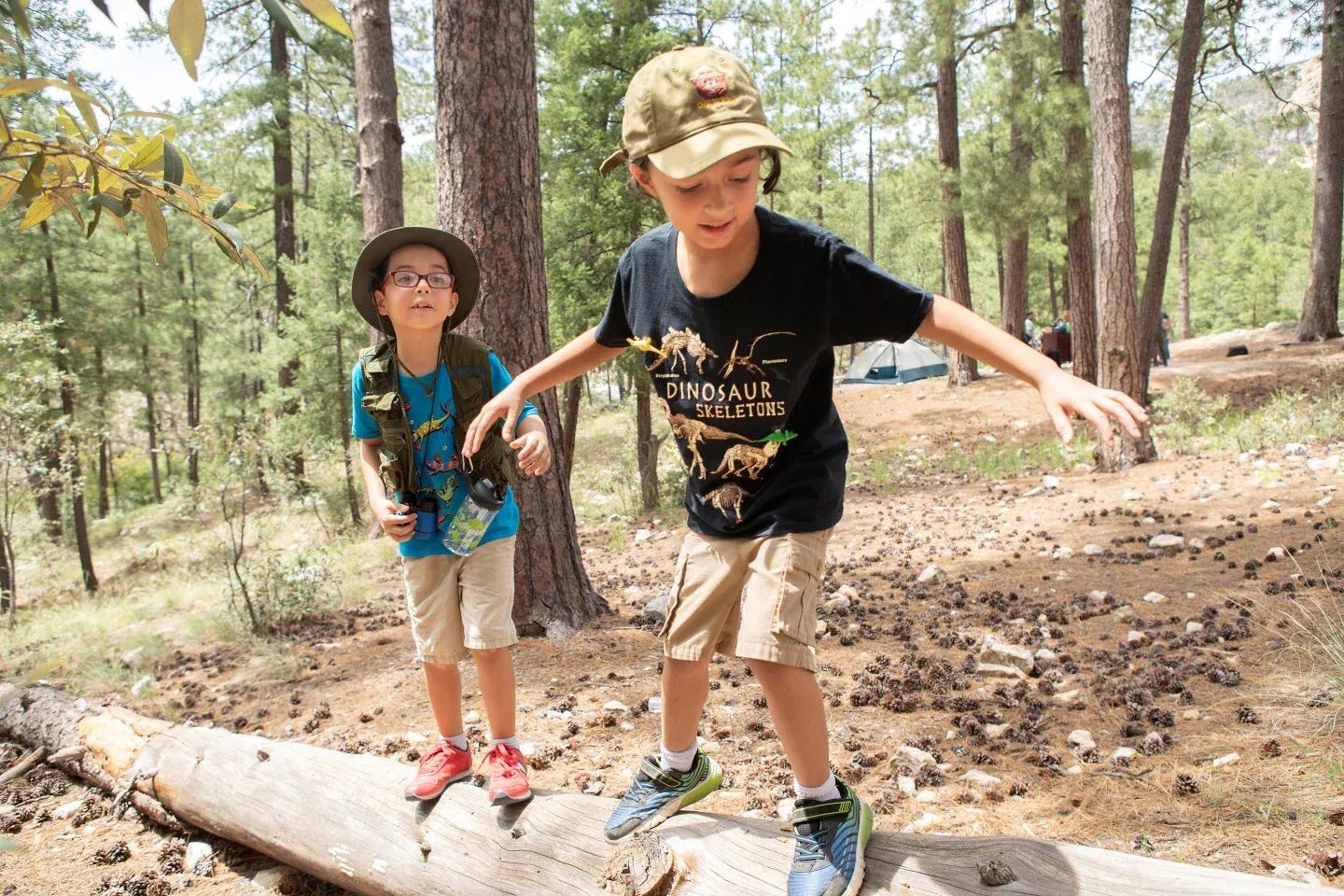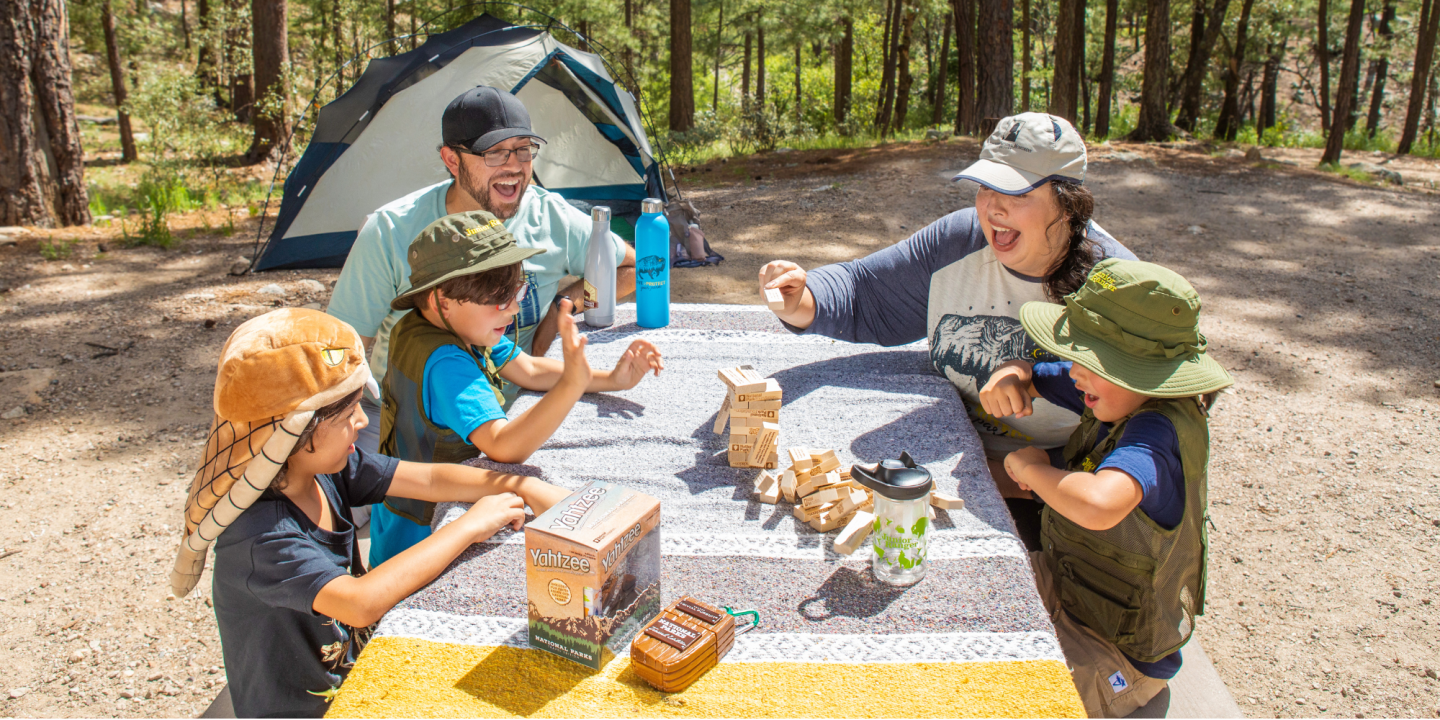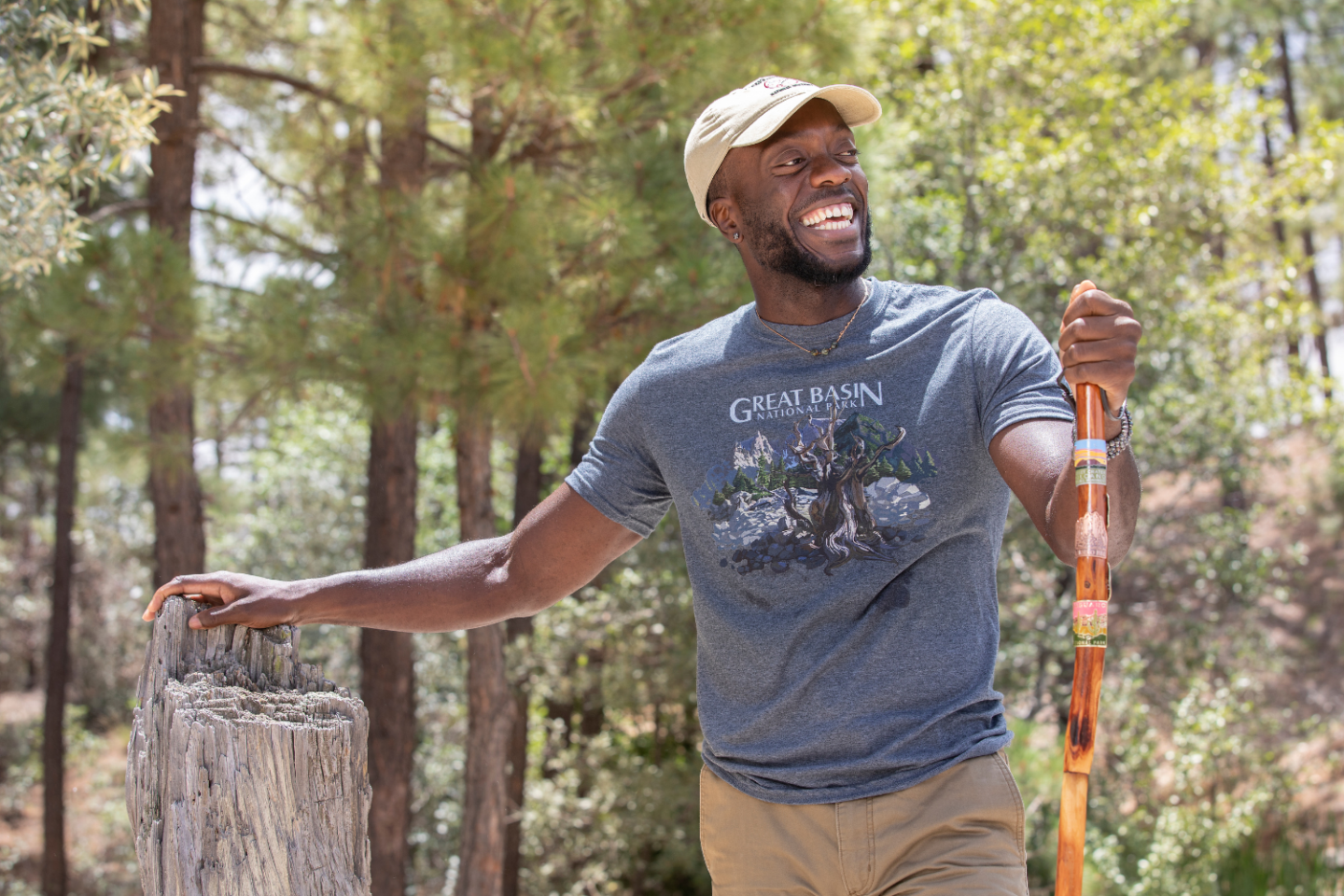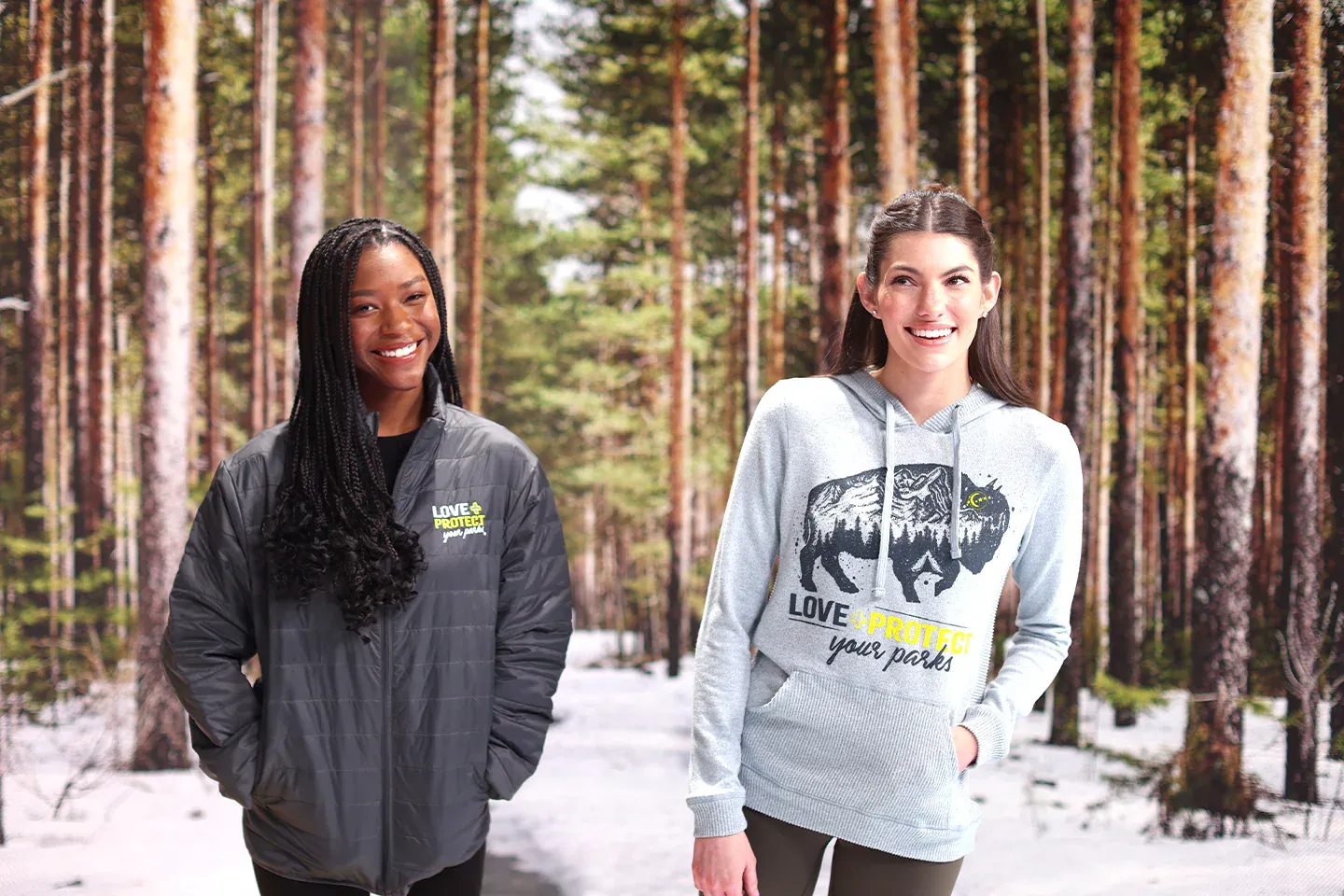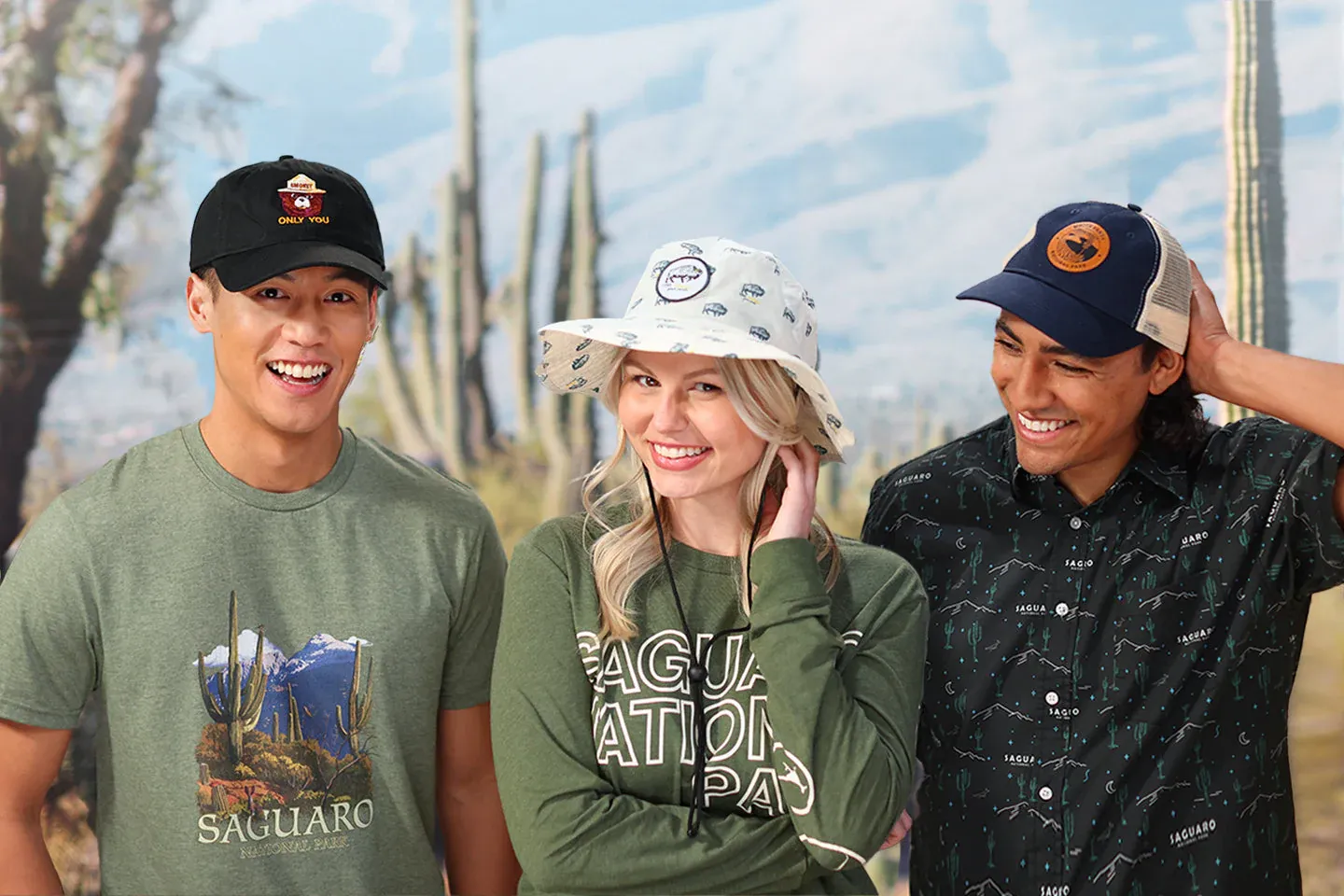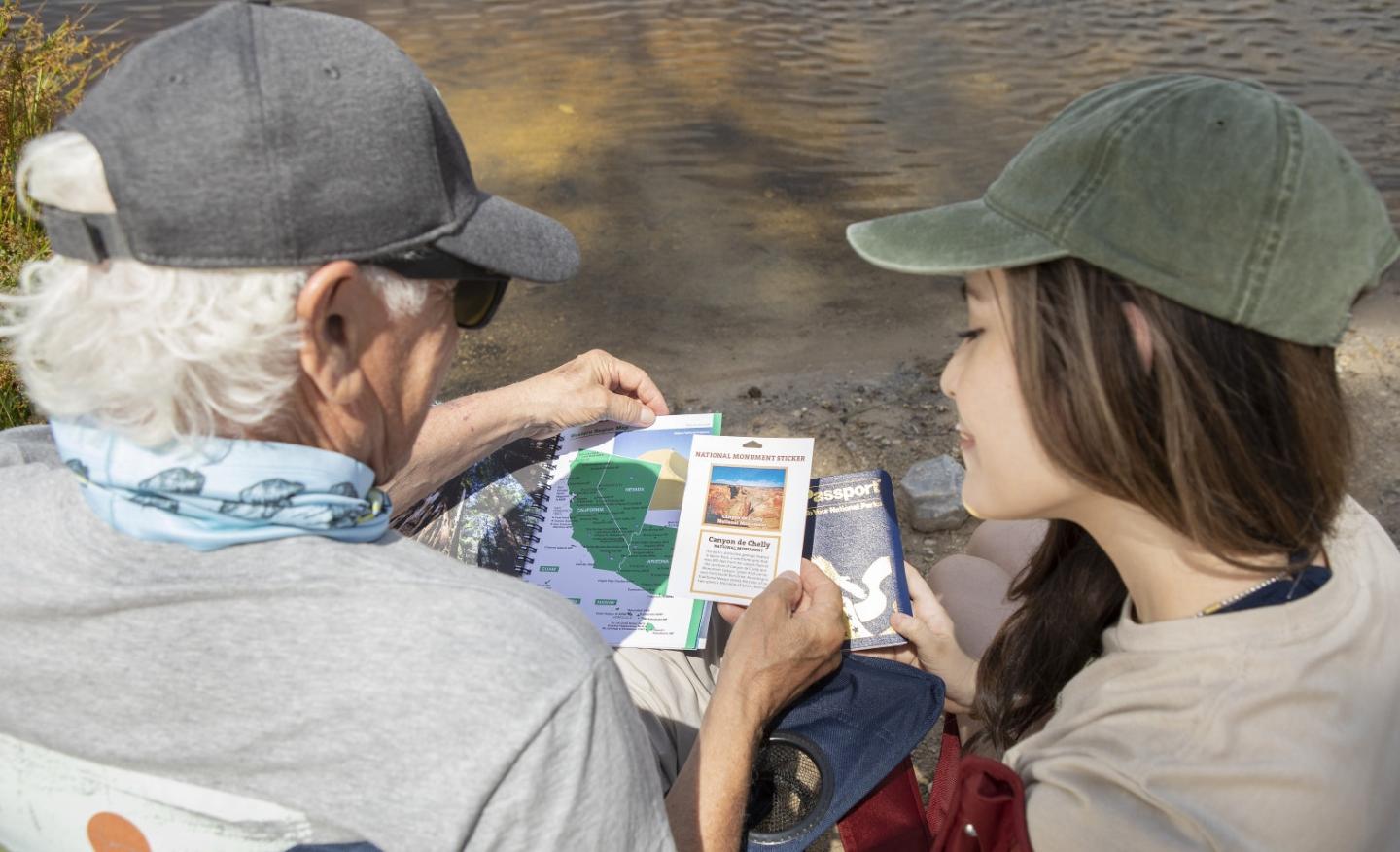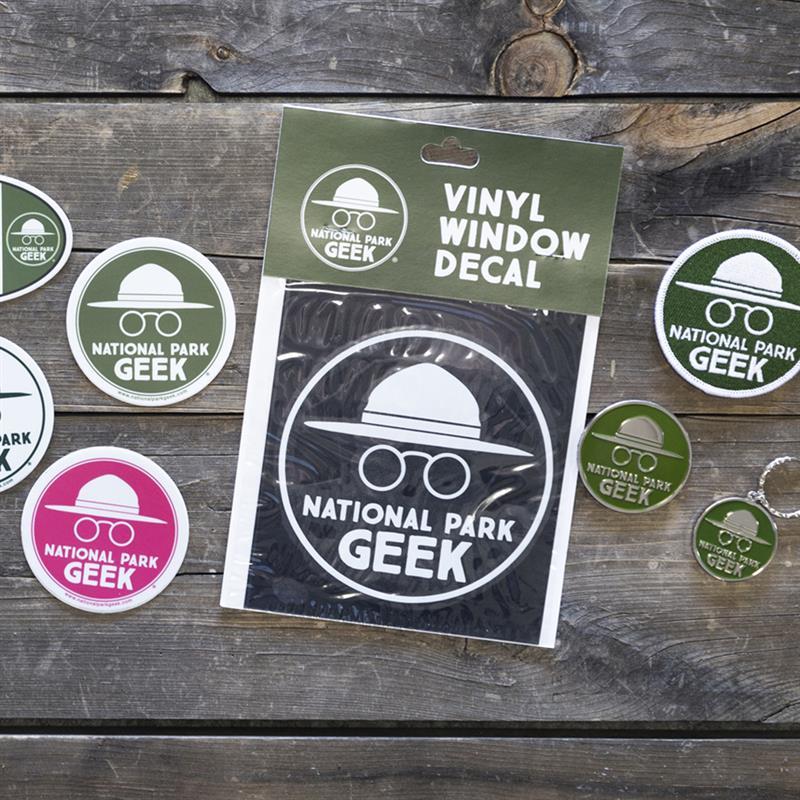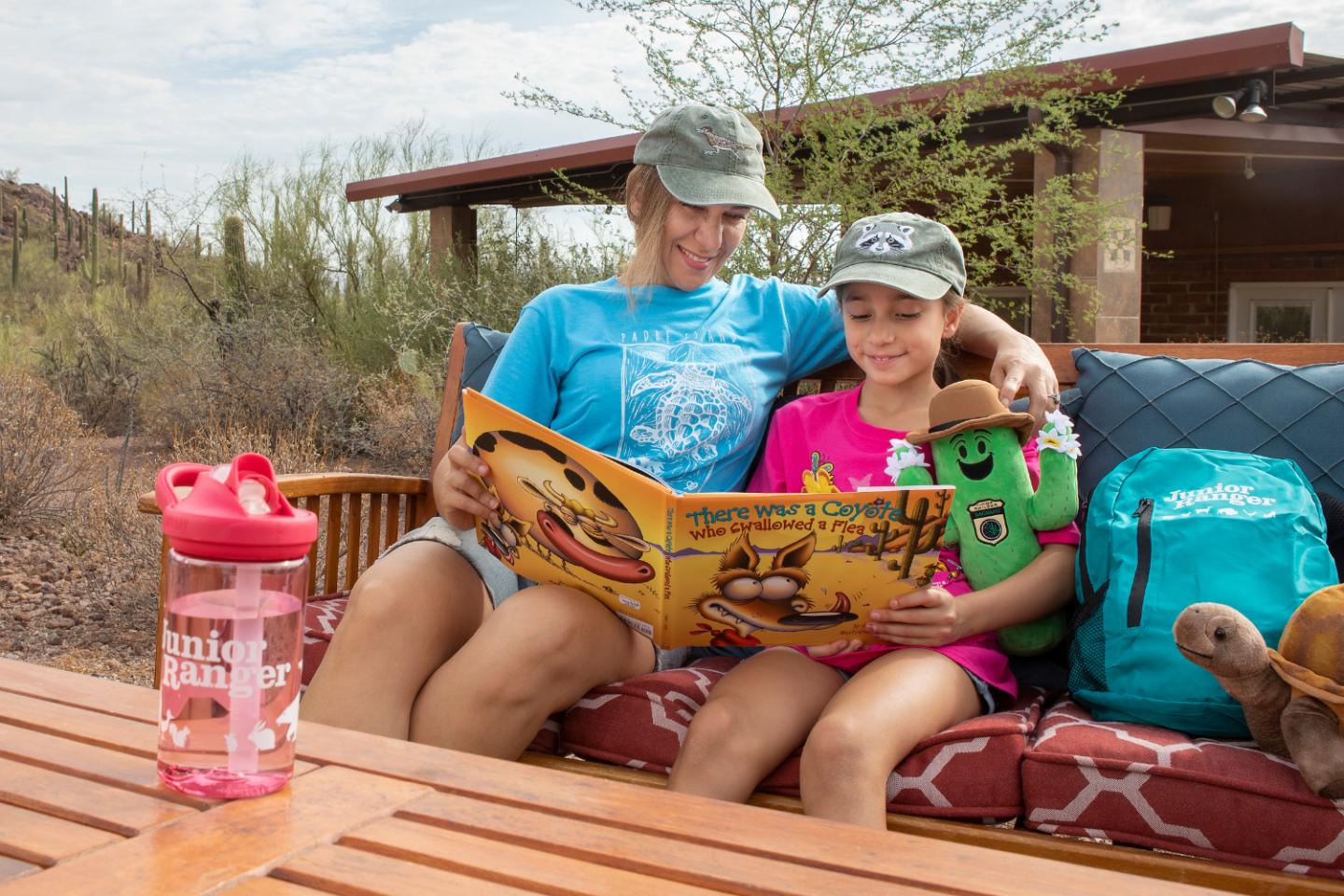
Wildlife viewing
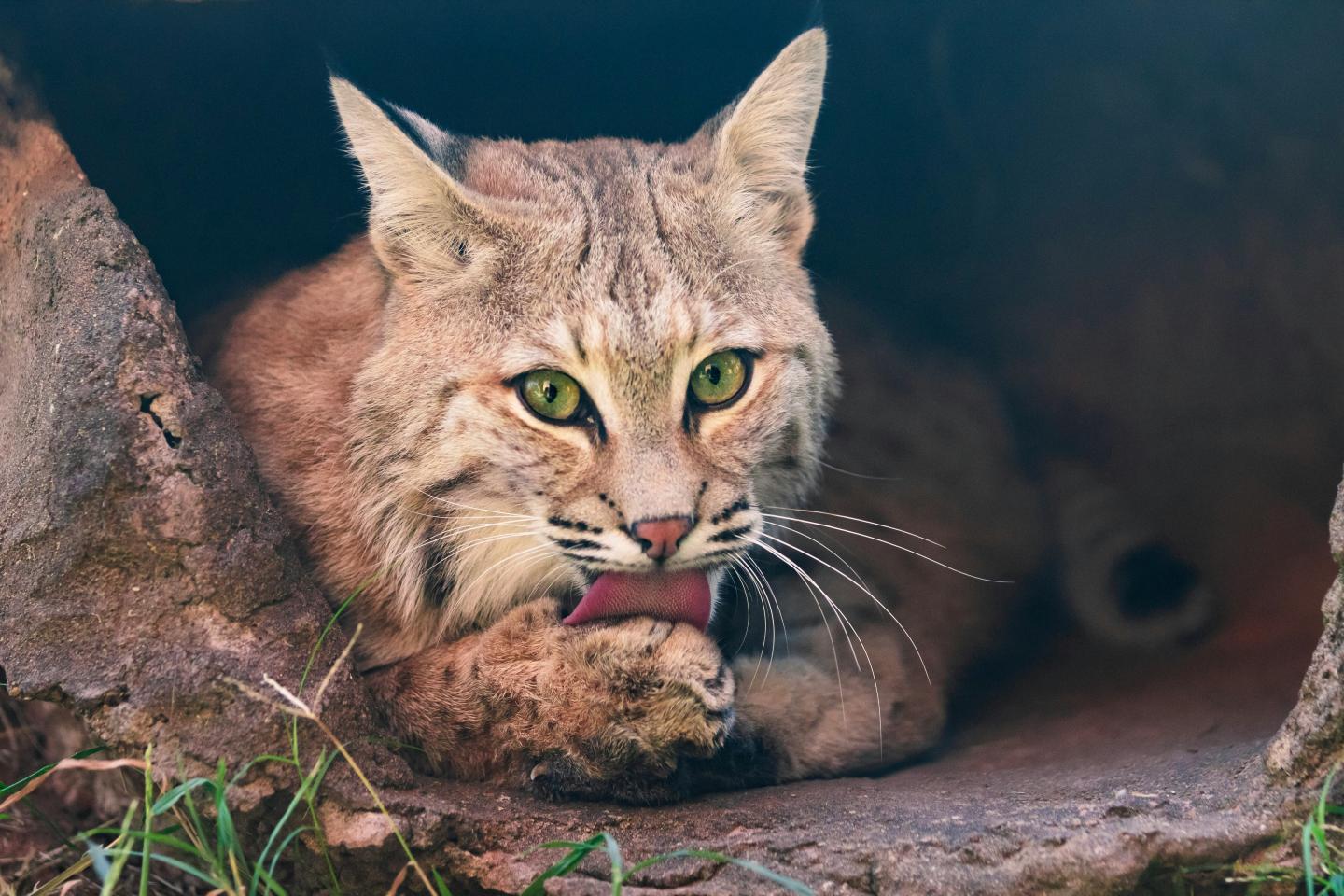
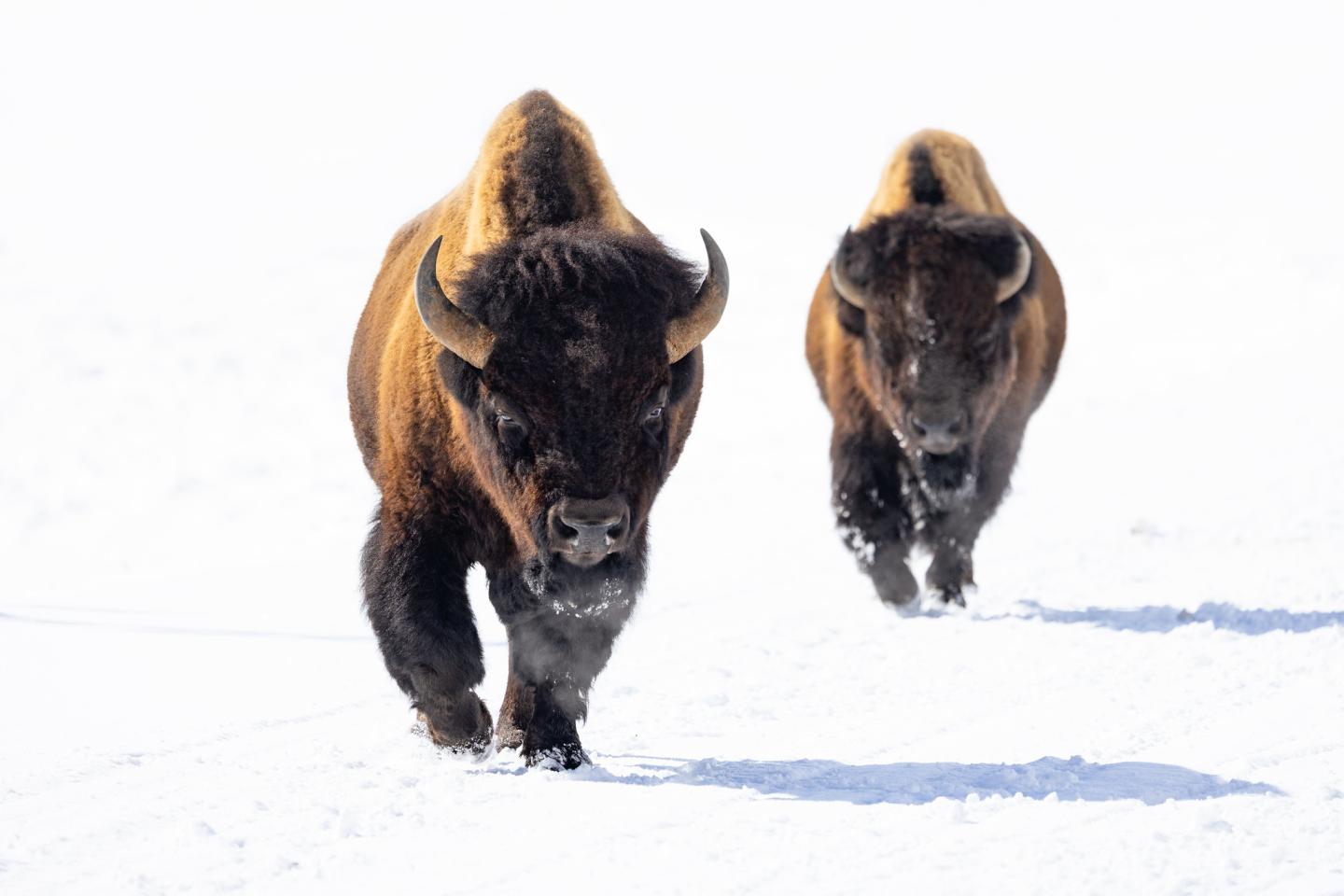
Go where the wild things are.
From mice to moose, beetles to bear, and weasels to whales, national parks are home to wild creatures of all shapes and sizes. Across the wide range of our parks, you'll find an equally wide range of animal species inhabiting these stunning landscapes. Pay close attention, and you just might spot some of them going about their daily lives, while offering lots of opportunity to learn more about the these incredible places.
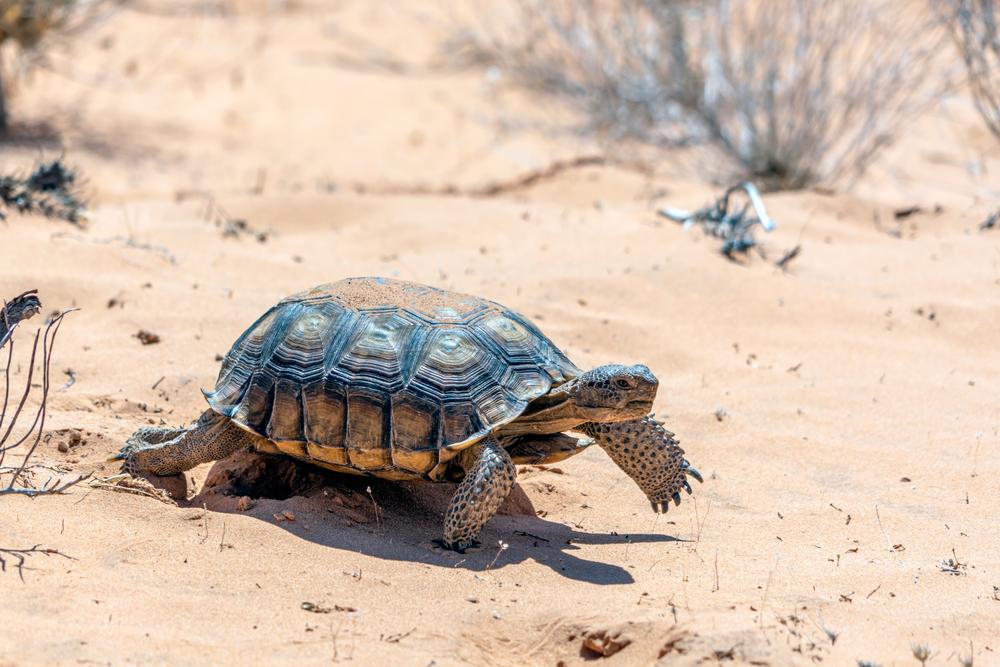
Animals, animals everywhere
Given their undeveloped nature and relatively undisturbed ecosystems, you'd almost have to willfully try not to see wildlife at our partner parks. But while wildlife viewing is one of the most exciting and engaging aspects of any national park visit, there are some things to know before you head out.
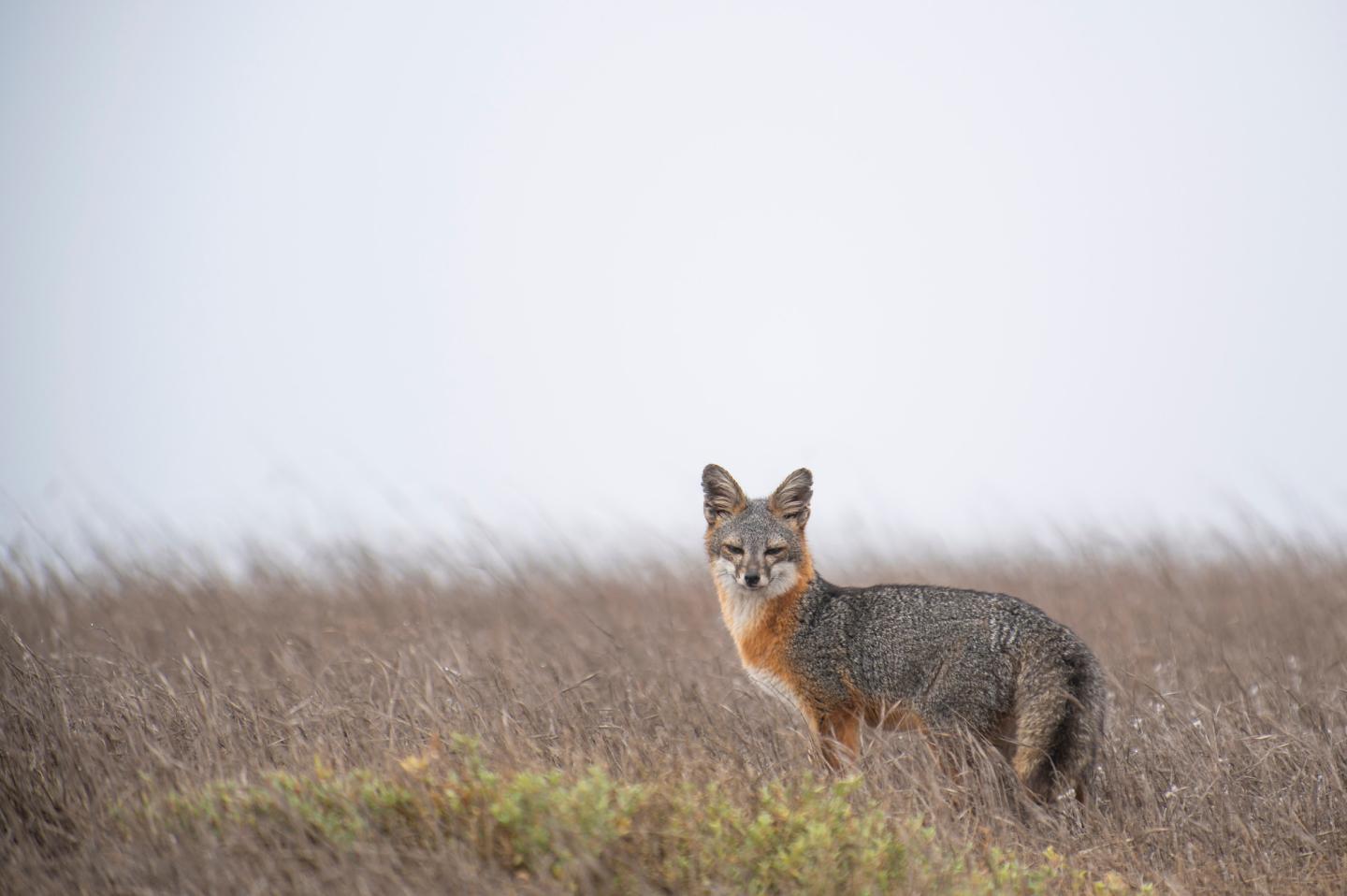
Know the rules
Every park is unique and has specific guidelines, including minimum wildlife viewing distances and food storage requirements. Before you head out on the trail, take a few minutes to review the park’s rules on the park website, the NPS app, or by asking a ranger.
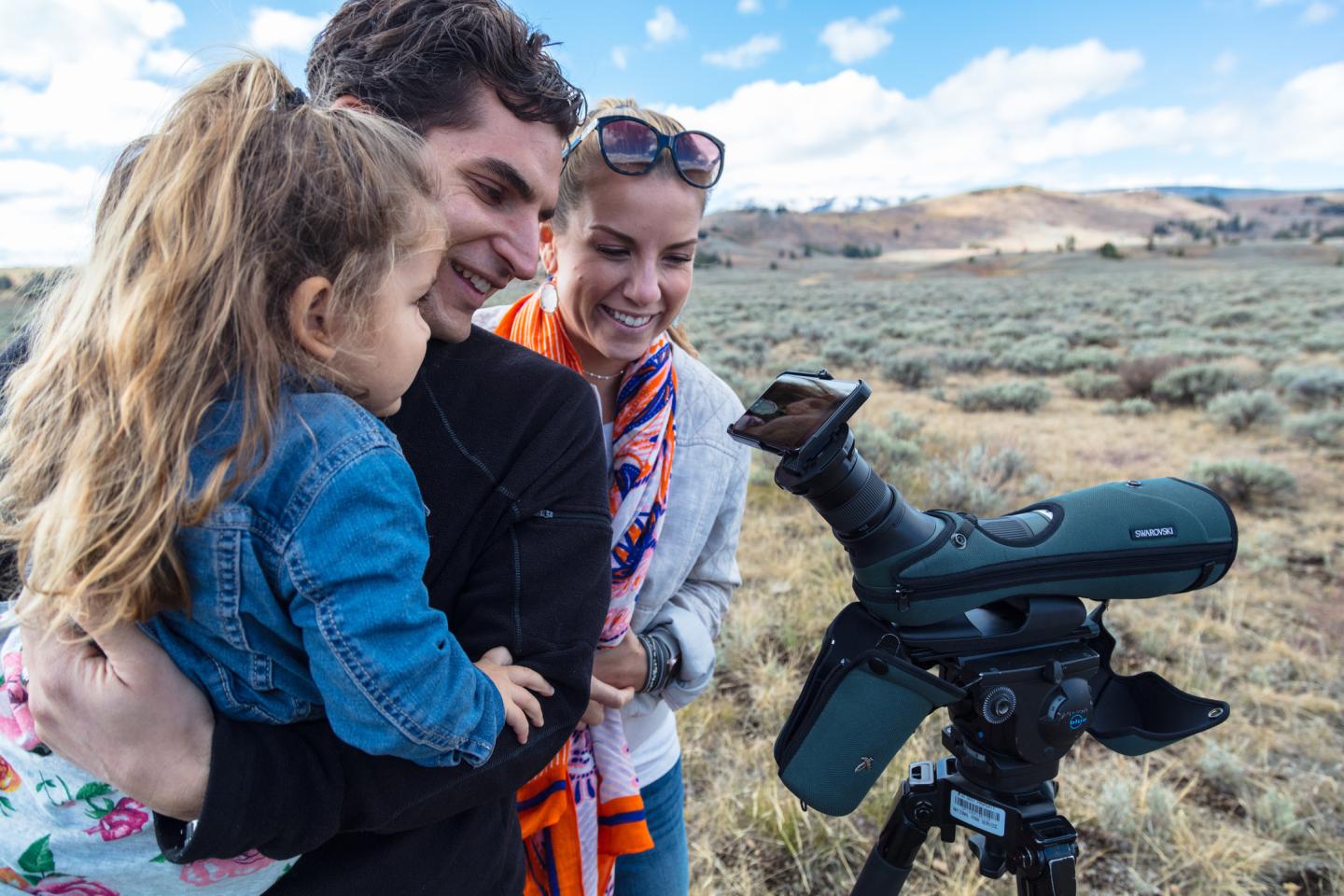
Give animals room
The best way to stay safe when watching wildlife is to give animals room to move. Many parks require you to stay a minimum distance from predators like bears and wolves.
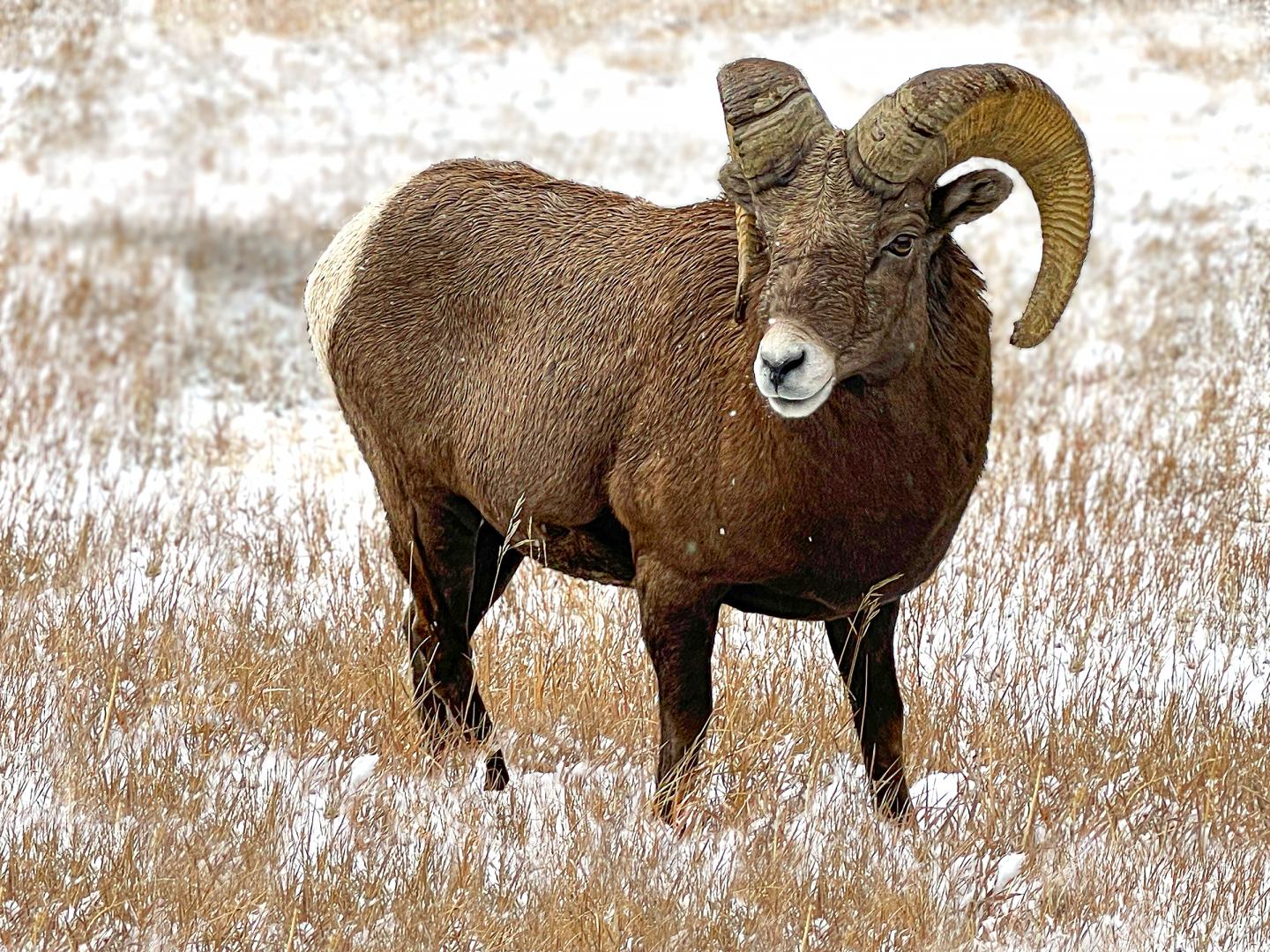
Do not disturb
Even when you’re farther away, leaving wildlife alone can help your viewing experience—plus it’s the law. It’s illegal to feed, touch, tease, frighten, or intentionally disturb wildlife. Remember that wildlife in parks are wild and can be unpredictable when they’re disturbed or surprised.
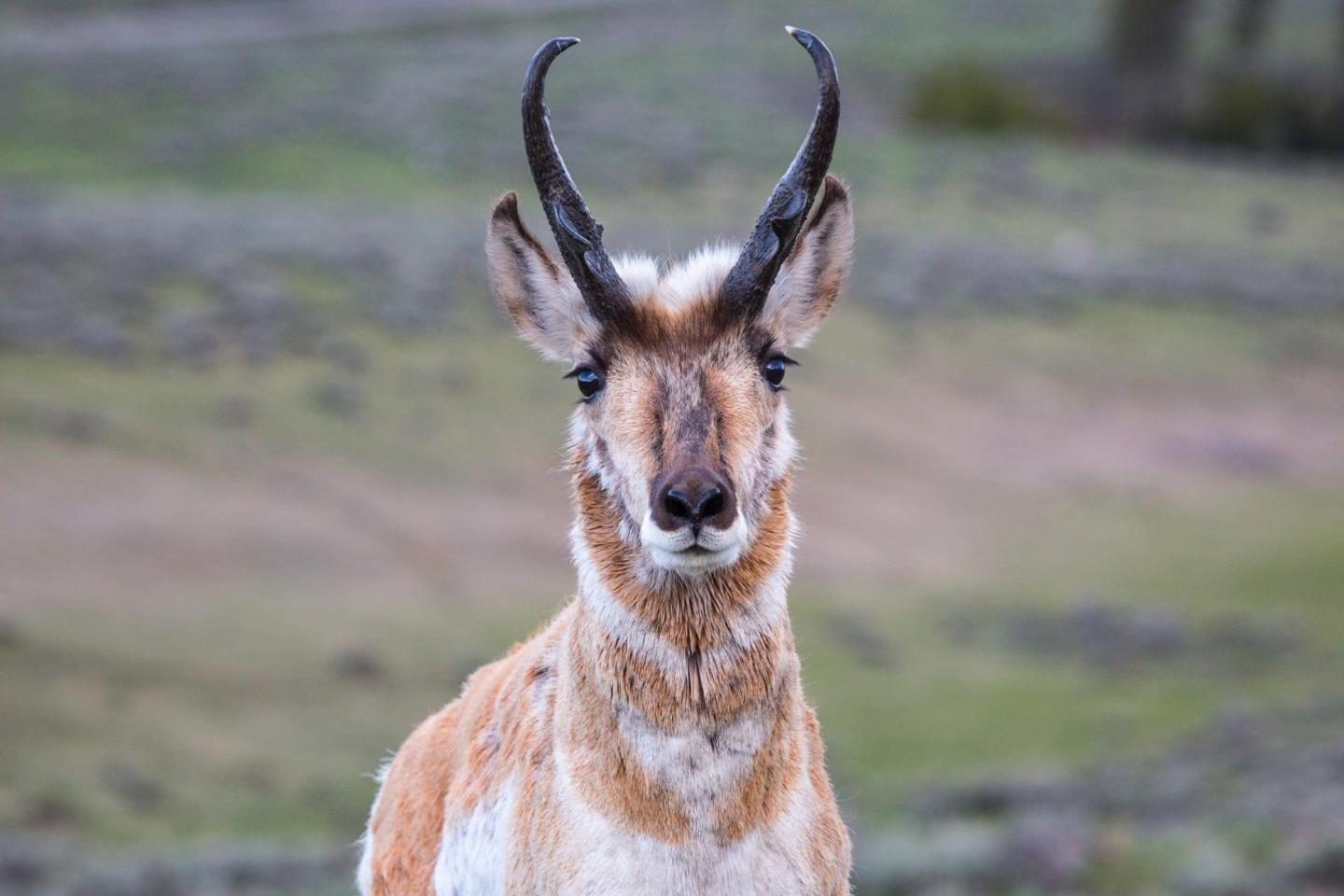
Keep your eyes on the road
Vehicle strikes are one of the most deadly types of encounters for wildlife in parks. Roads often cut through their habitats or migration routes. Be sure to always follow the speed limits and watch for wildlife that may dart into the road.
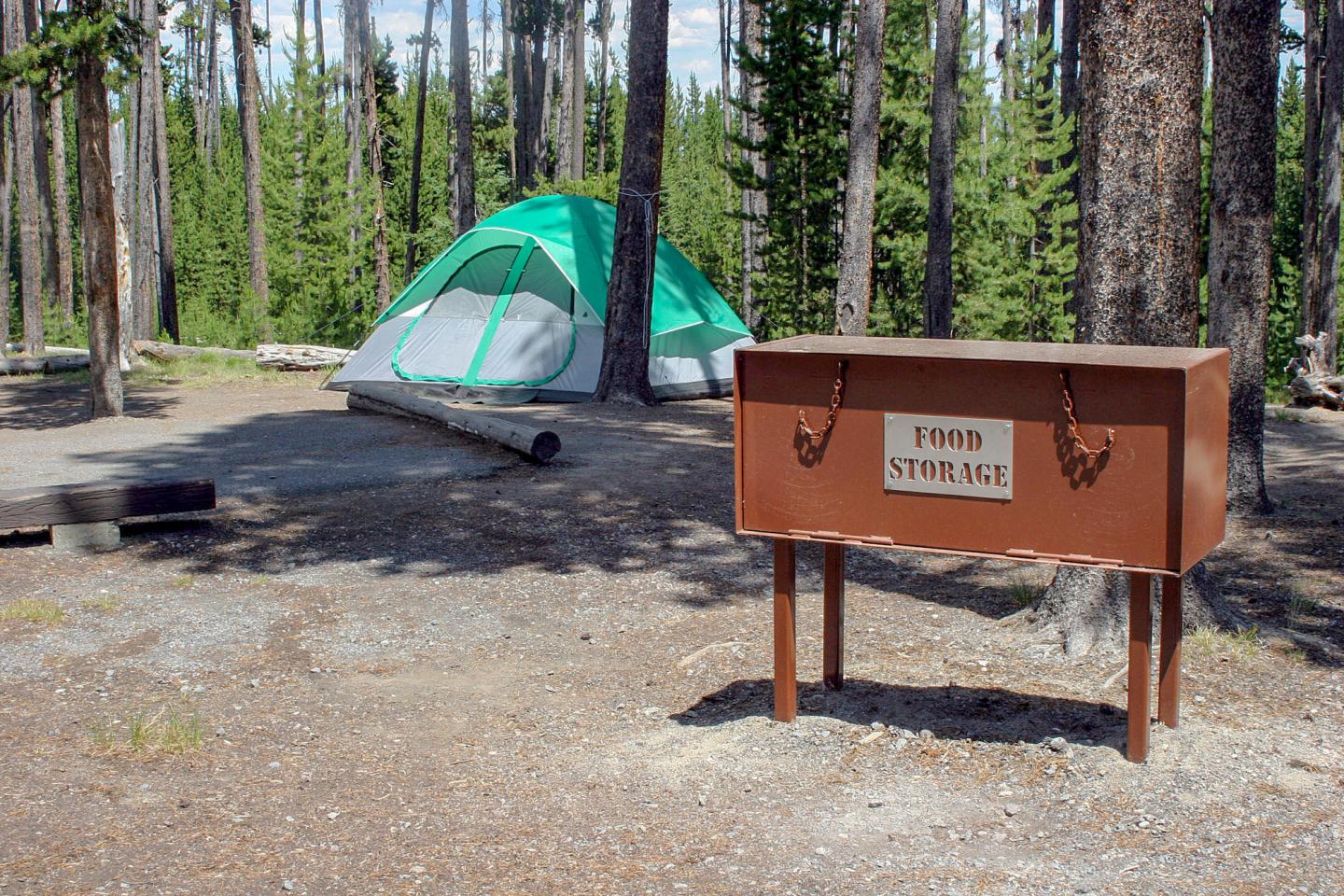
Store your food and stash your trash
Feeding wildlife in parks can make them come looking for more. To an animal, anything that smells like food is treated like food. Access to trash, and even crumbs left on picnic tables, can attract them. This puts you at risk of injury and the wildlife at risk of being removed.
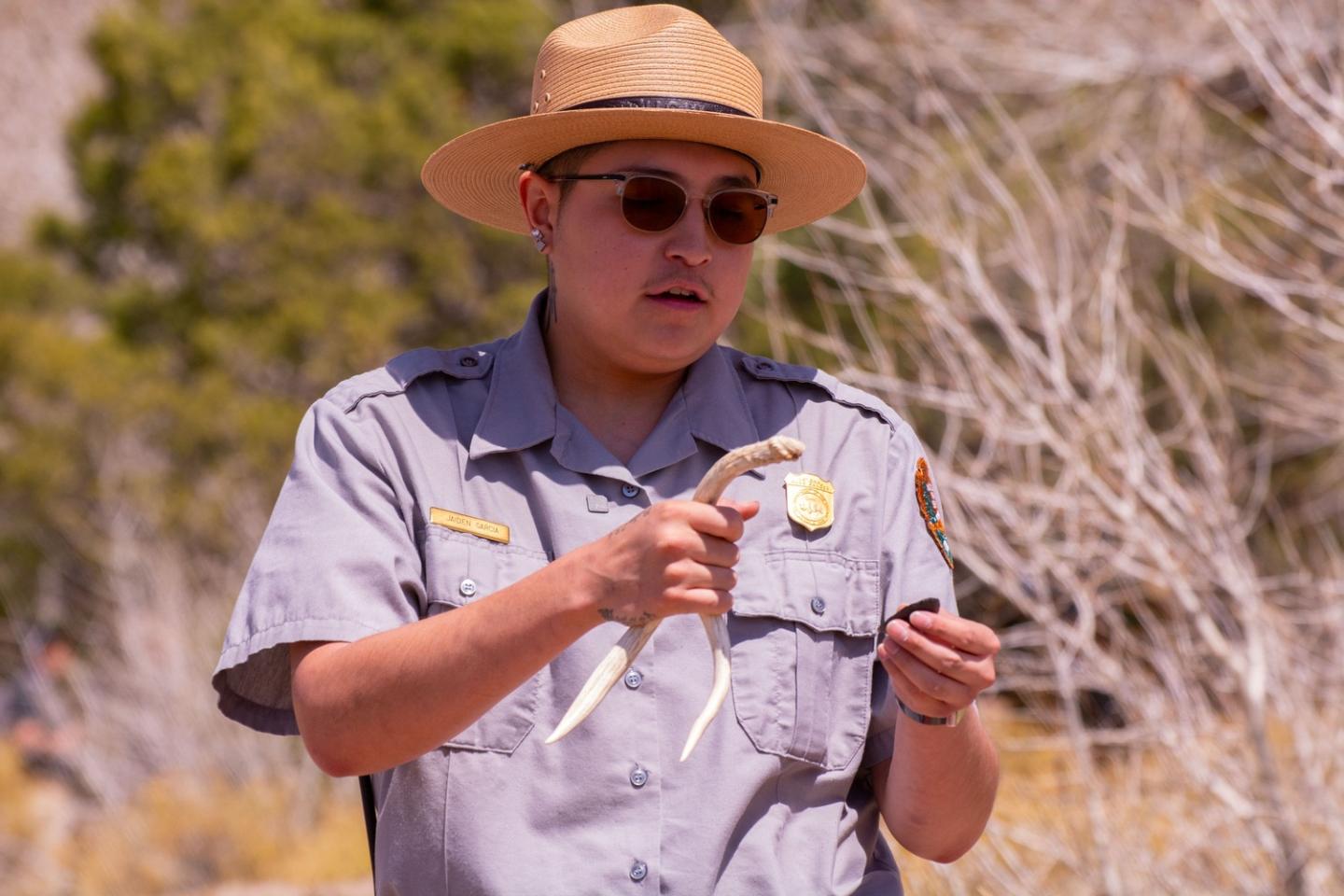
See something, say something
Tell a ranger if you come into physical contact with wildlife. Also, tell a ranger if you see wildlife that is sick, dead, or acting strangely, including wildlife that approaches you.
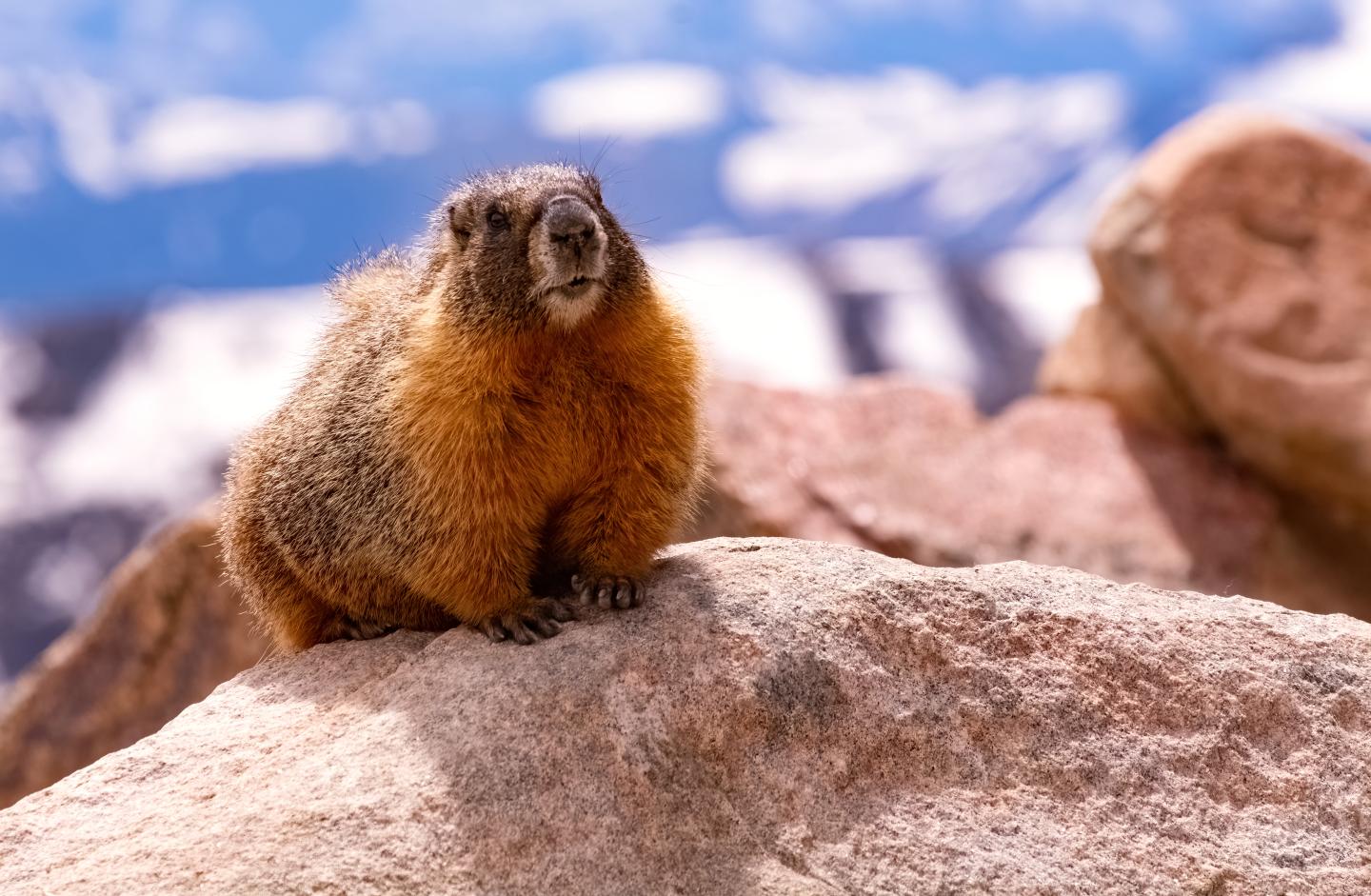
Remember, you're the guest
When you enter a national park, you are entering the home of the wildlife who live there. Please treat them with the respect and consideration you'd bestow upon a human host.
Best national parks for a walk on the wild side
Many parks protect the habitats of our furry, scaly, slimy, and spiky friends. Here are a few of our favorites if you're really looking for a wild time.
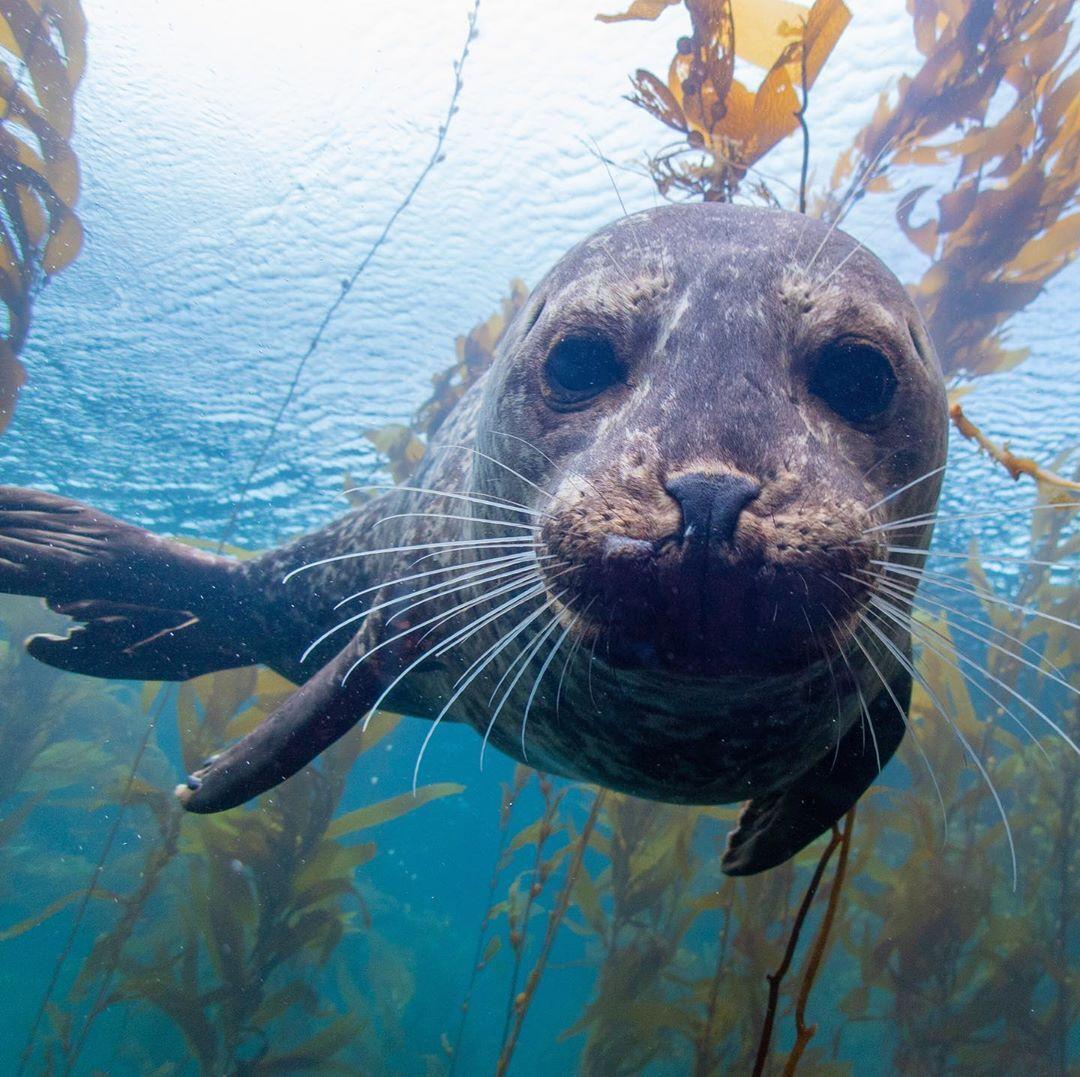
Channel Islands National Park
This island park isn't known as "the Galapagos of the North" for nothing. It's a haven to both the endemic and the endangered, protecting many species of birds, reptiles, mammals, and more, including the endemic island fox and spotted skunk. Unique to this park is the opportunity for whale-watching, a favorite winter activity for many.
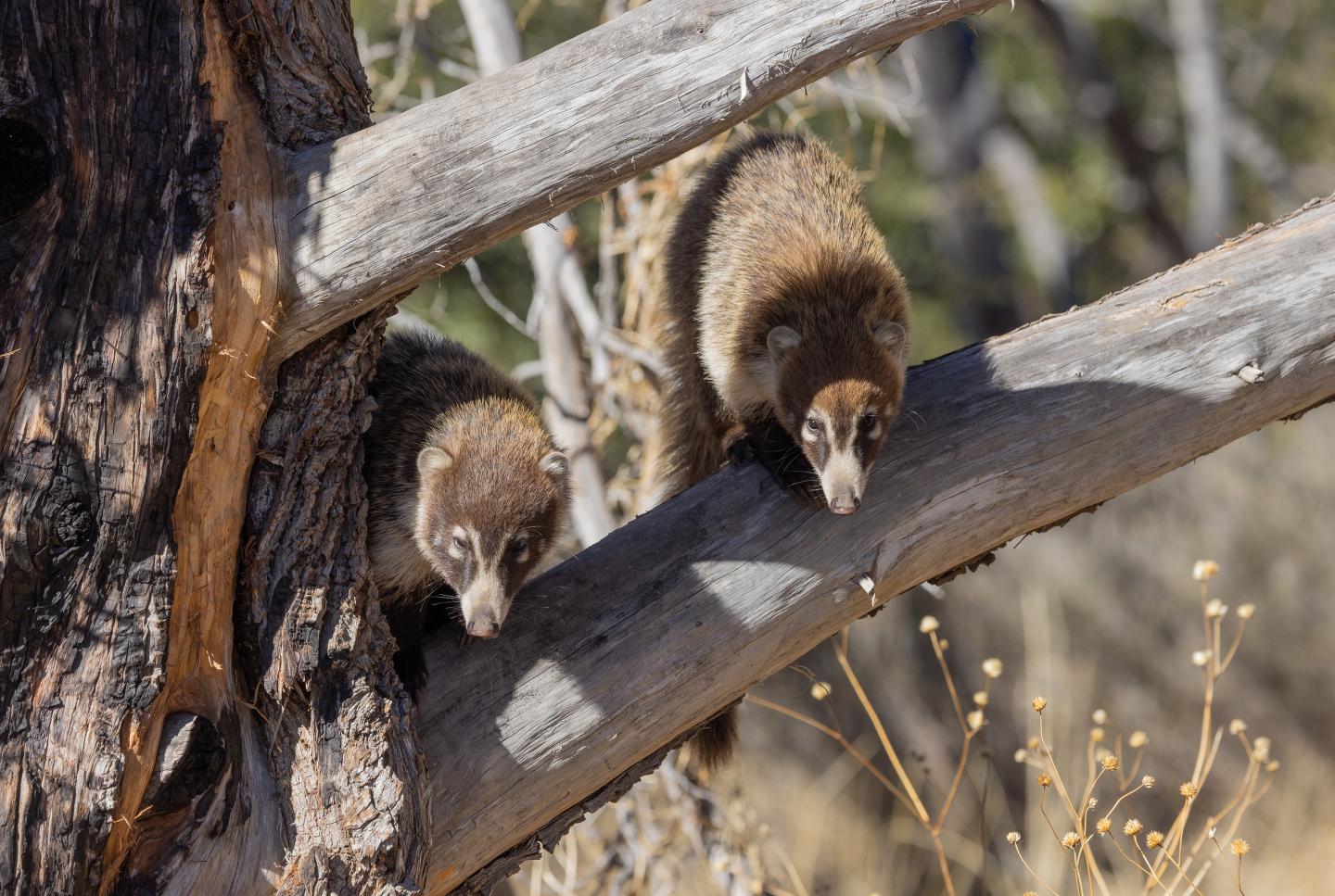
Chiricahua National Monument
A small but mighty park and sure favorite of wildlife watchers. Deer casually graze on grass that grows plentifully along trails, while Gould's turkey strut nightly through the delightful campground (with flush toilets, might we add!). Keep an eye out for the park's iconic coatimundi—also called coati. During the fall and winter, you might spot bands of coatis around Silver Spur Meadow and the Bonita Canyon Campground.
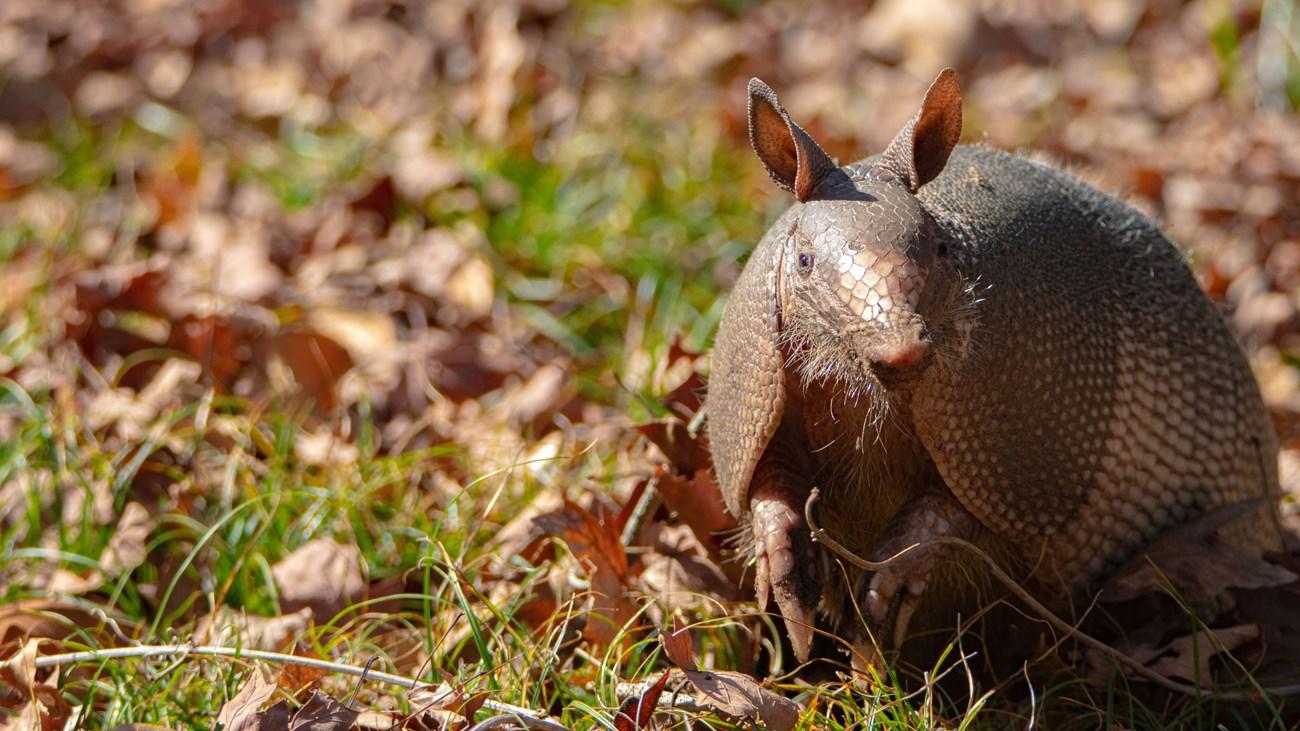
Big Thicket National Preserve
It might surprise you that Big Thicket is the nation's first national preserve. This means that the park balances the protection of precious habitats with the plentiful opportunities for visitor recreation. At Big Thicket, you'll find a bit of everything from the animal kingdom: squirrels, deer, armadillo (a beloved Texas animal), turtles, snakes, and even gators.
Explore parks for wildlife viewing
From mice to moose, beetles to bear, and weasels to whales, national parks are home to wild creatures of all shapes and sizes.
Legend
- Partner Park
- Gateway City



